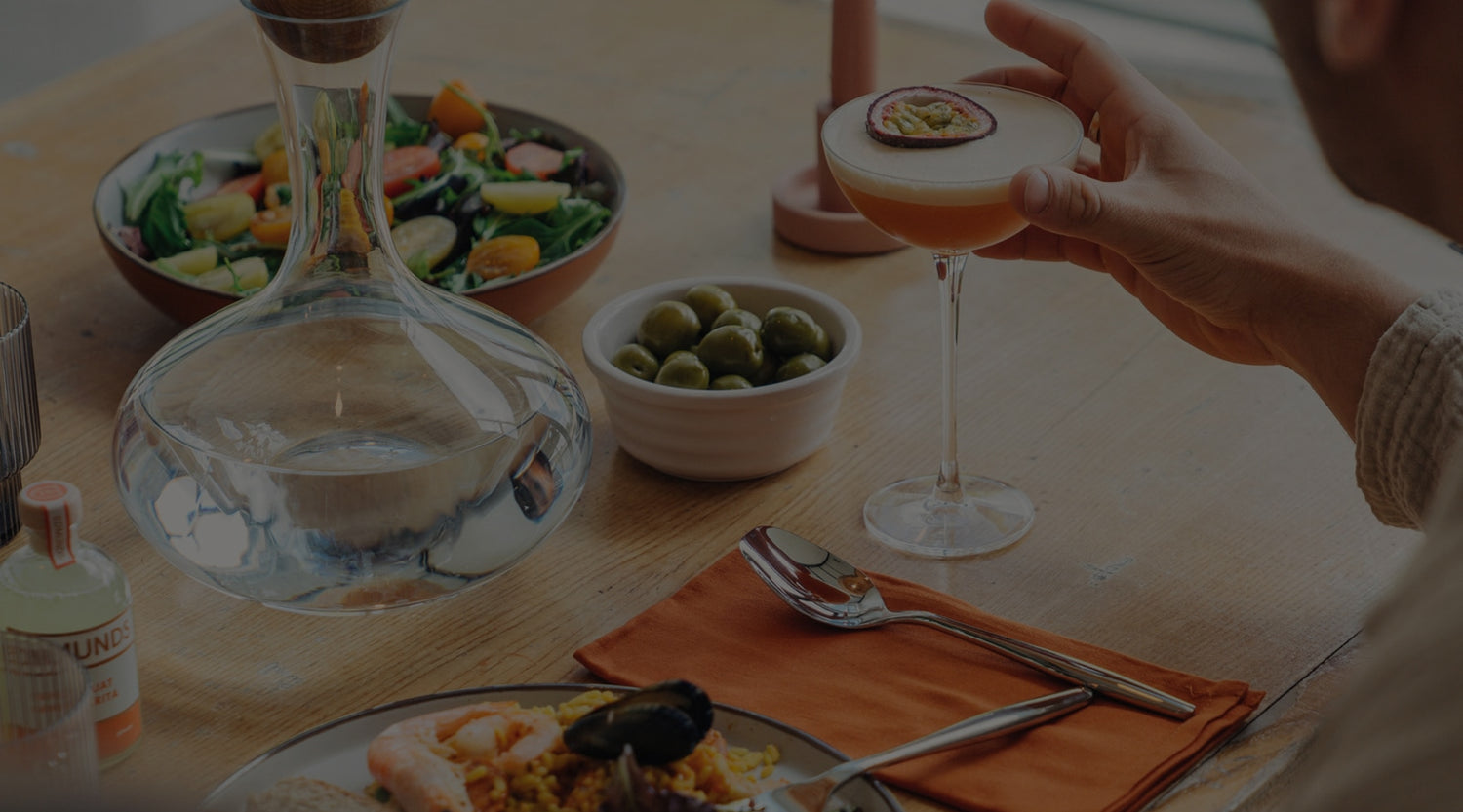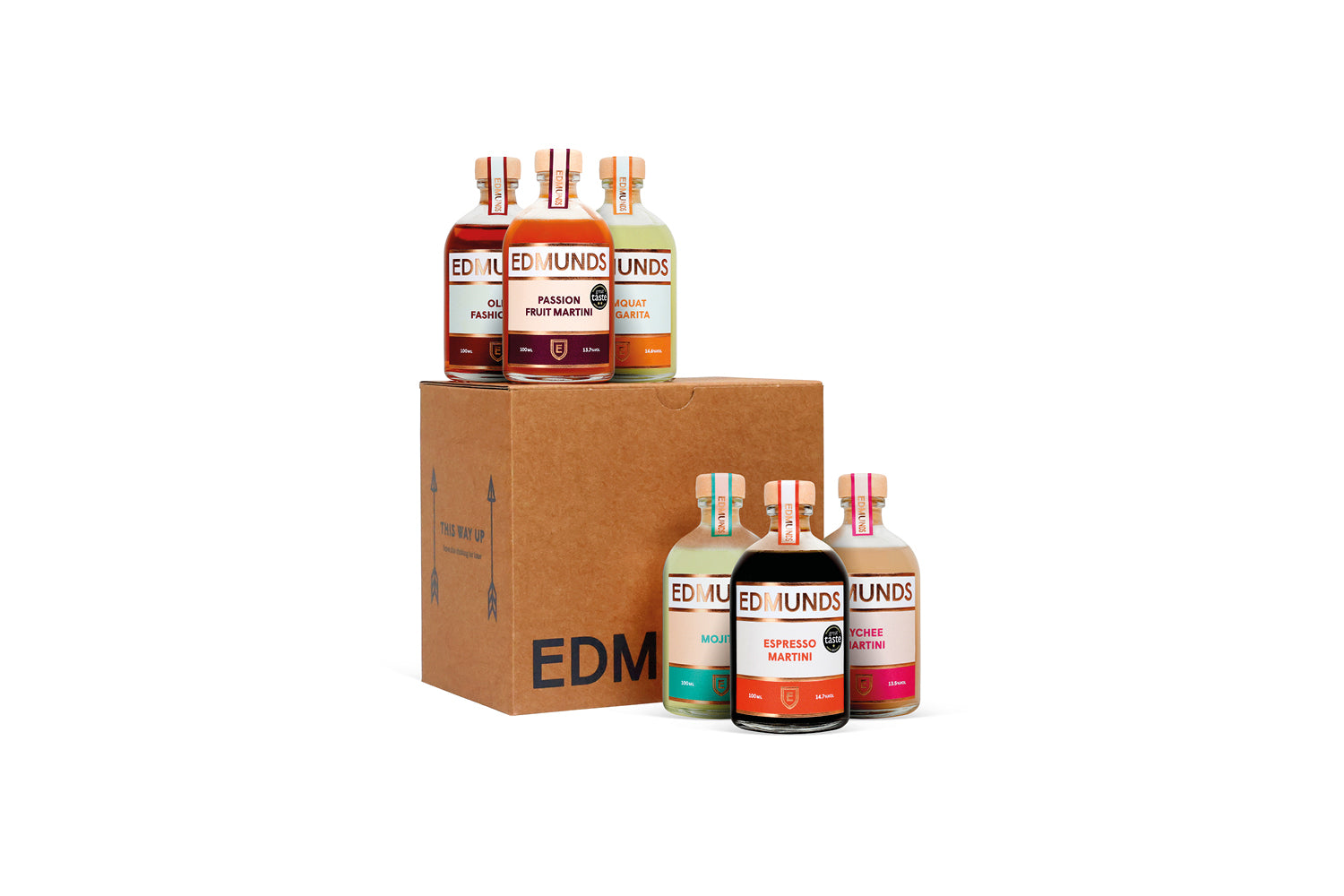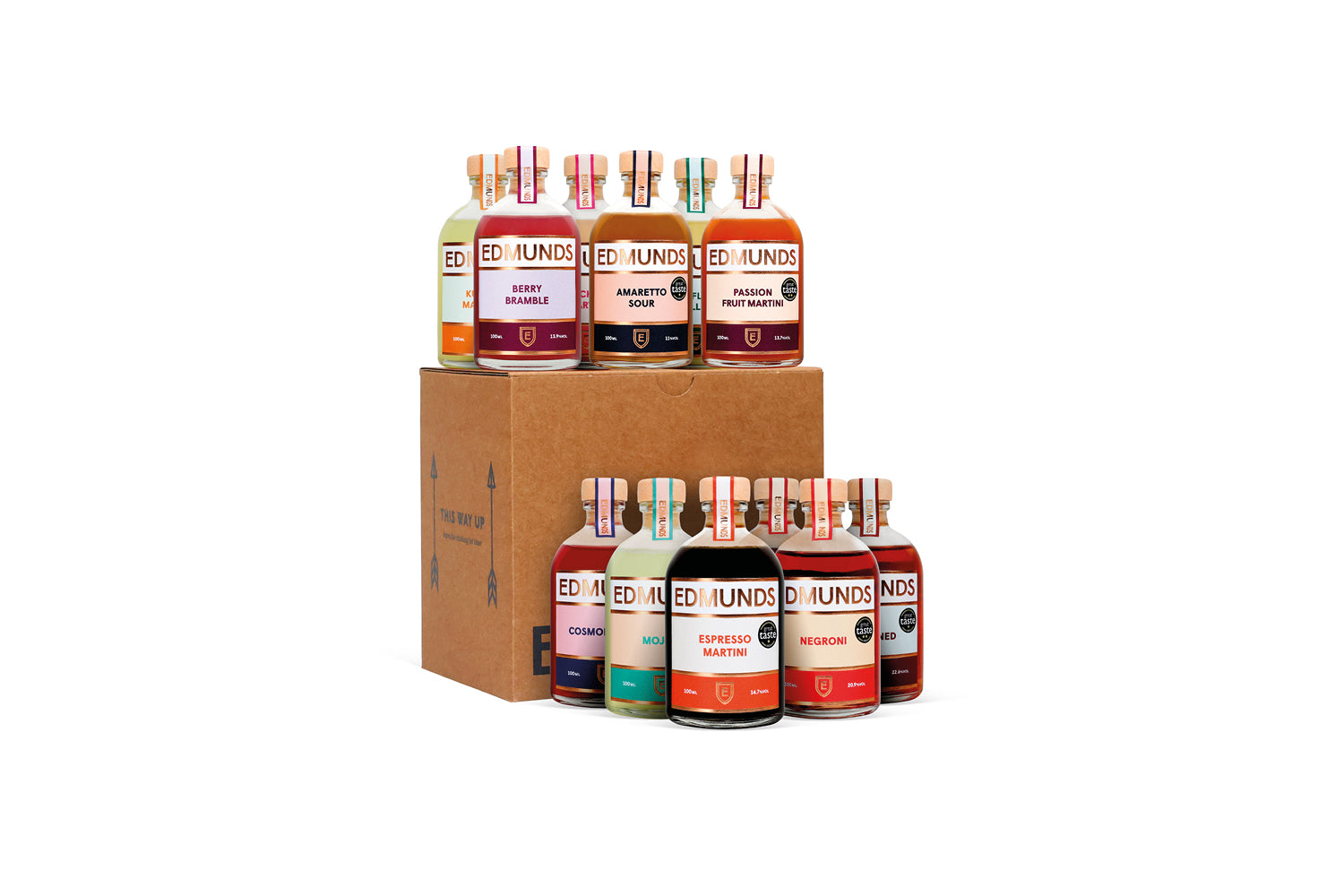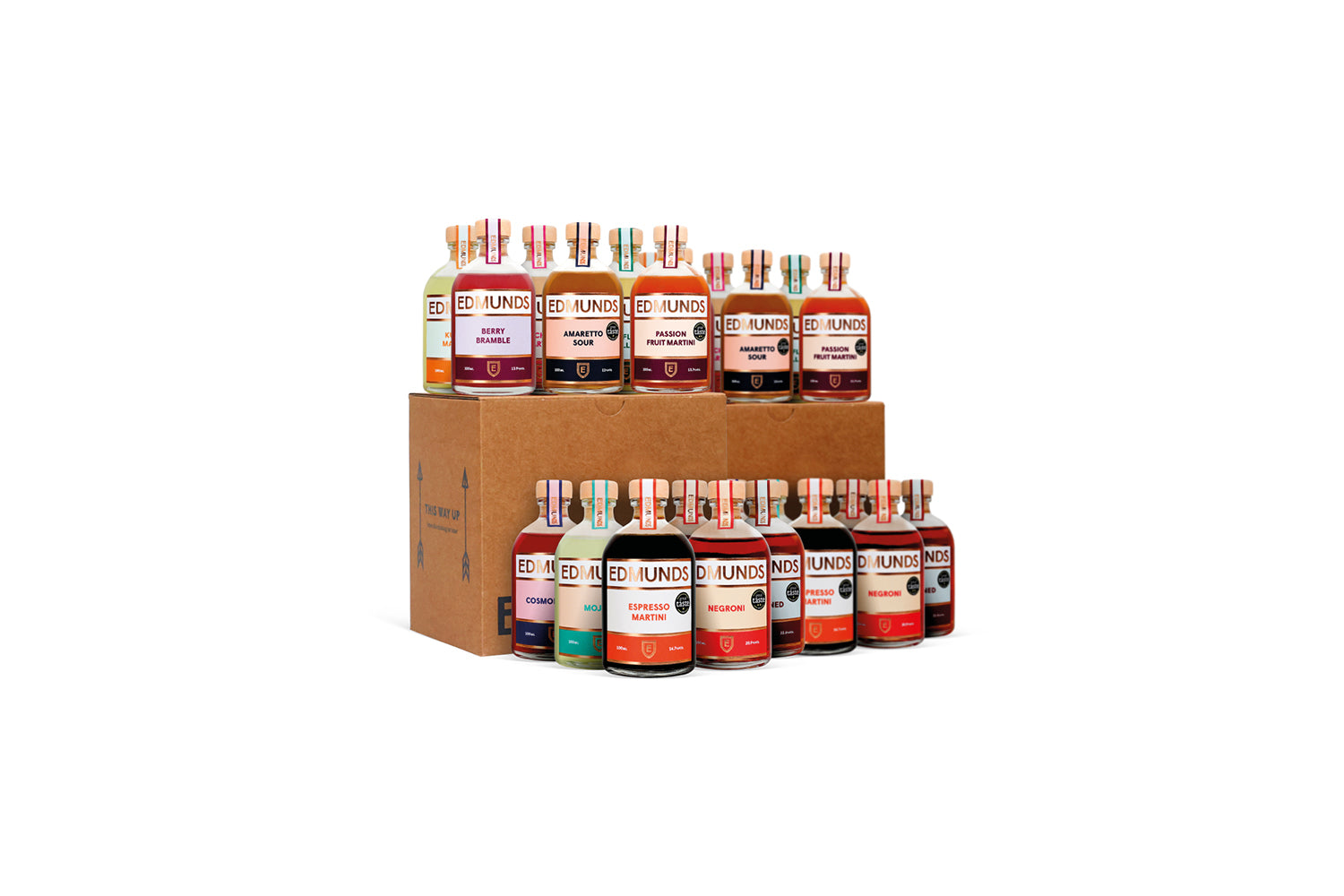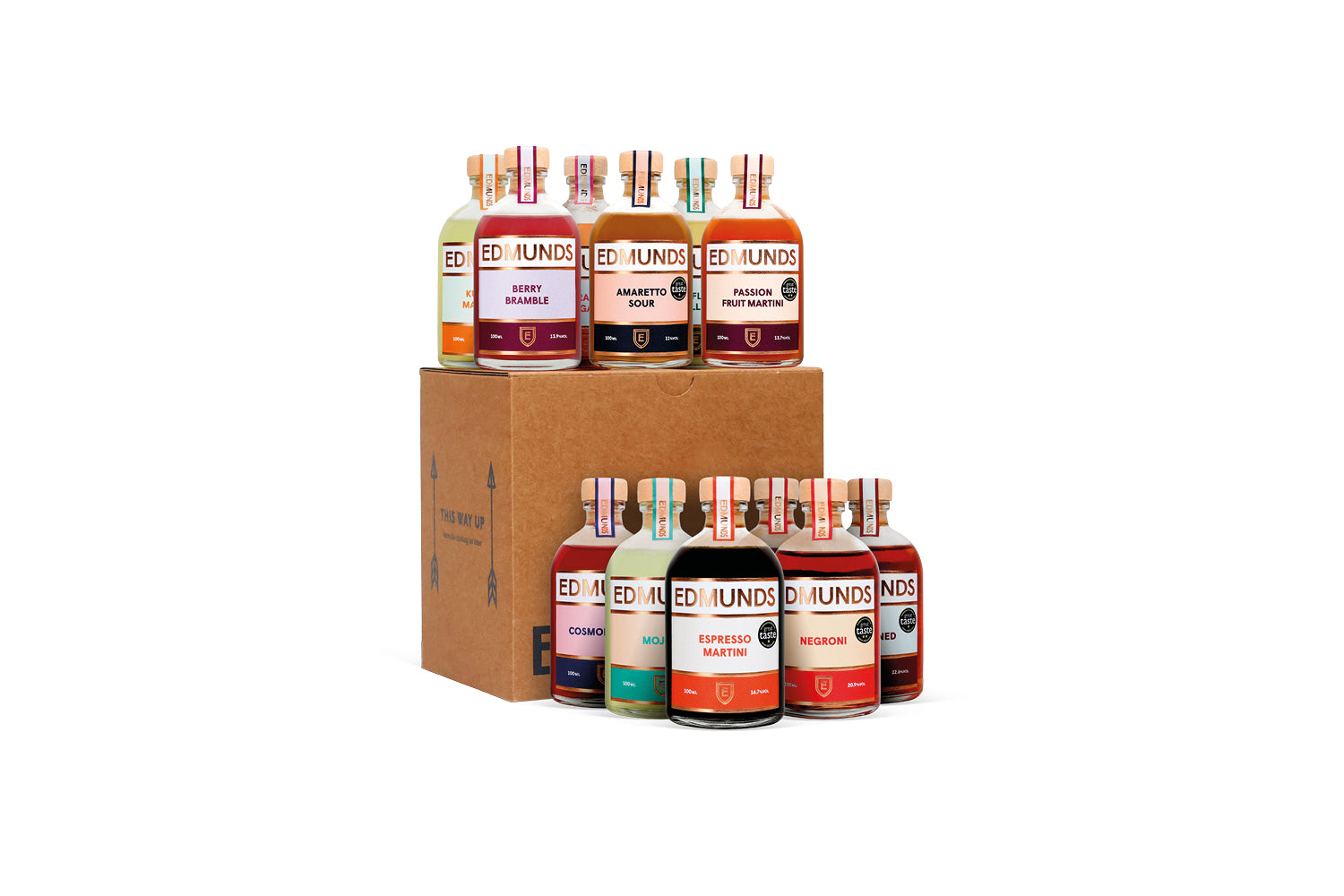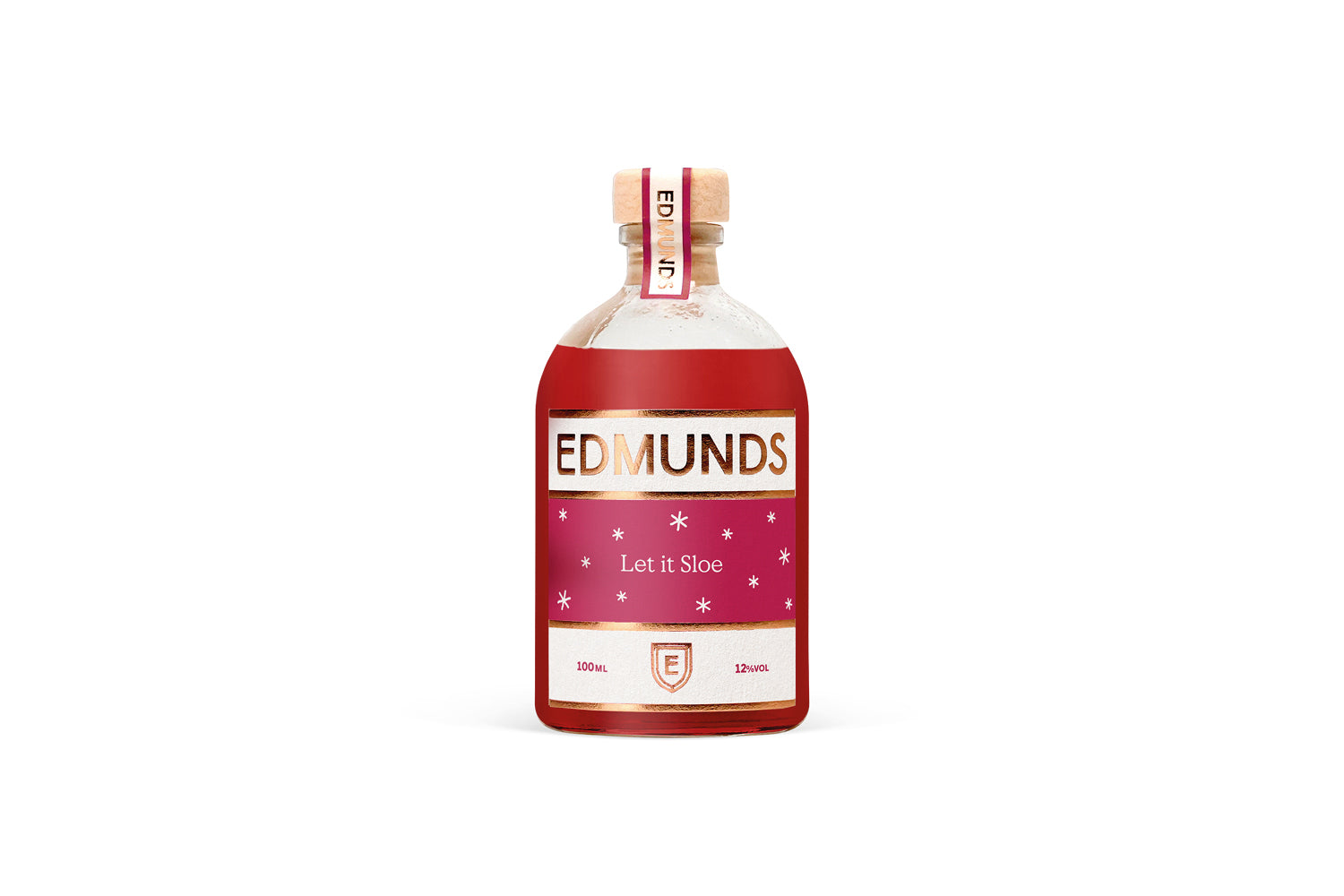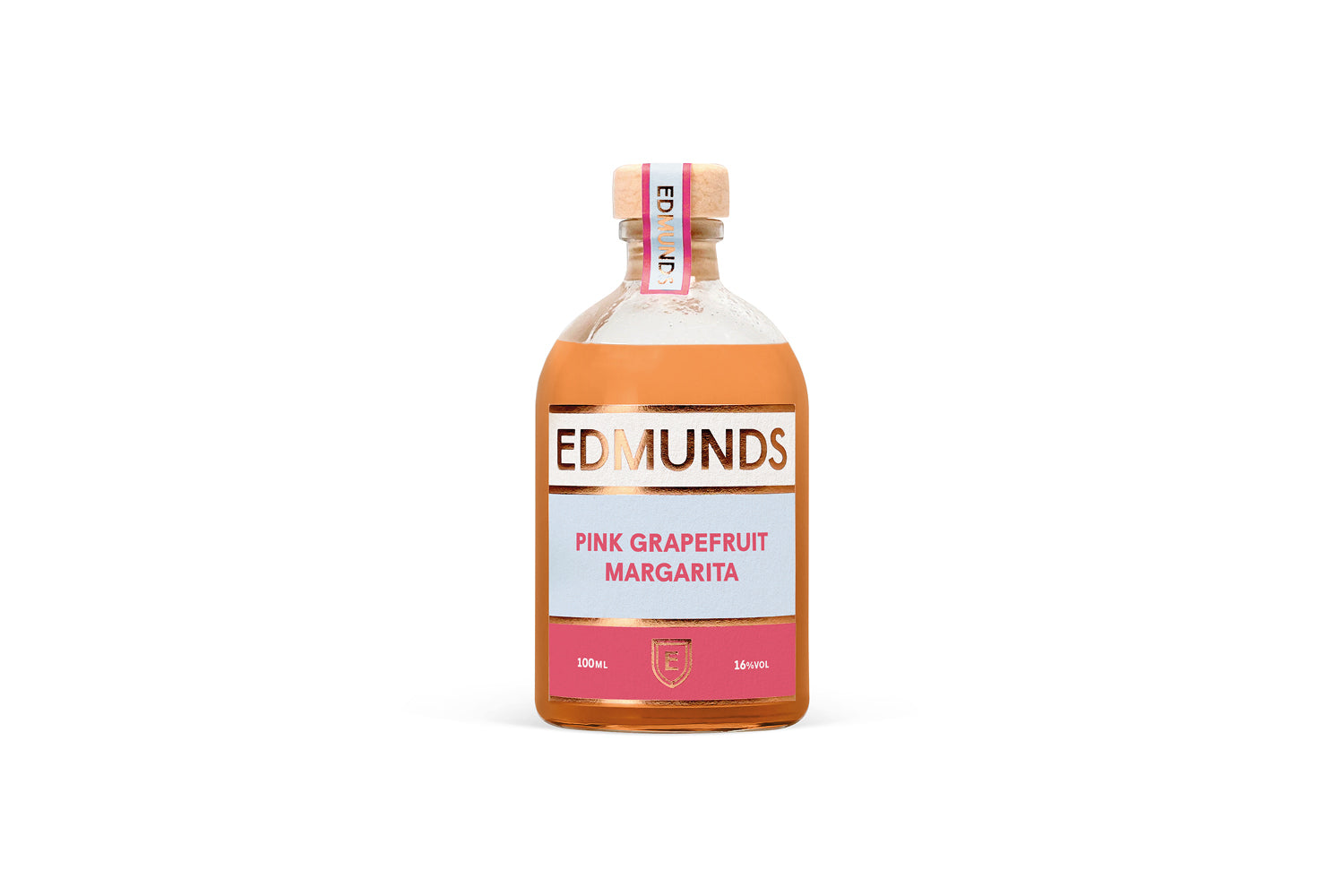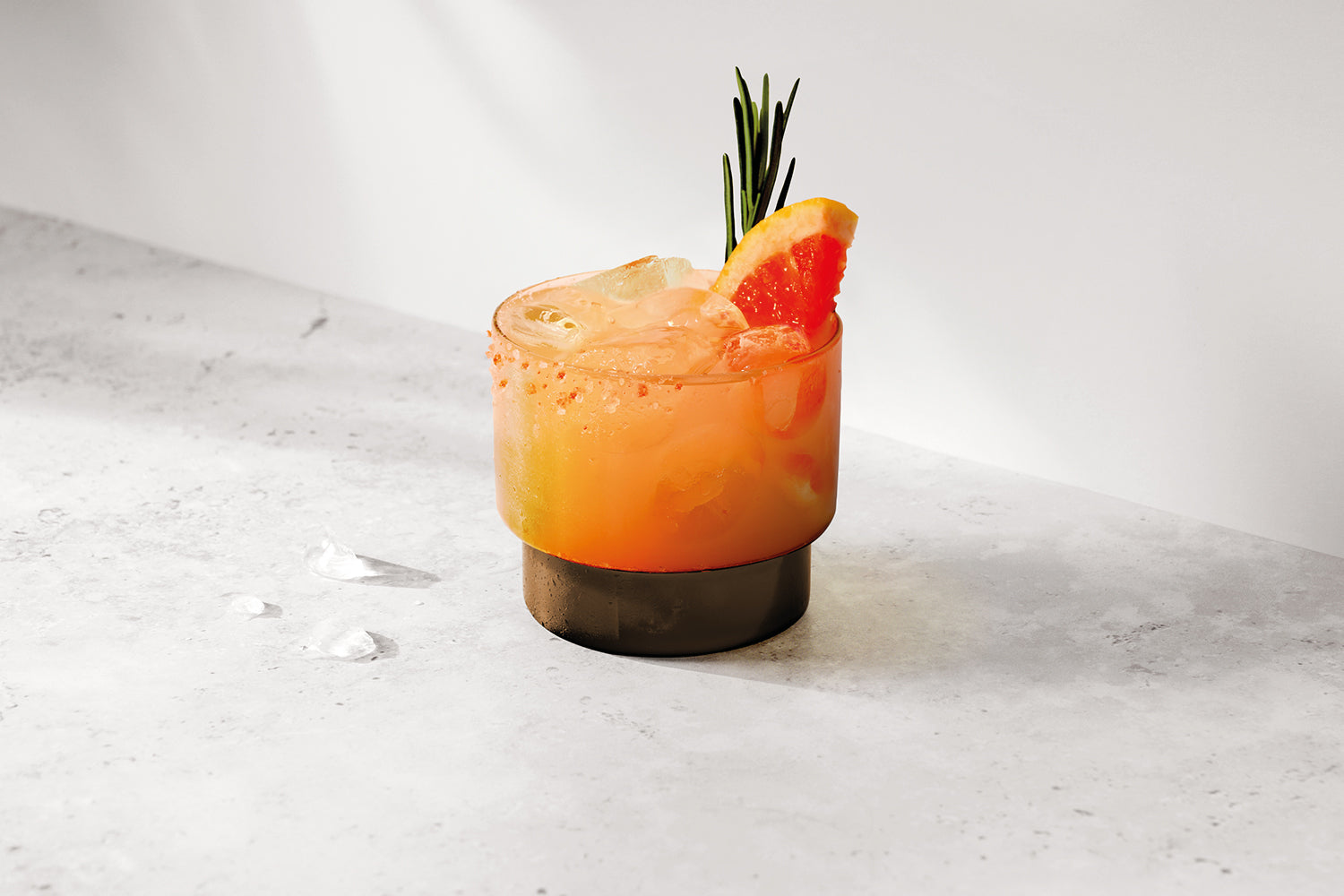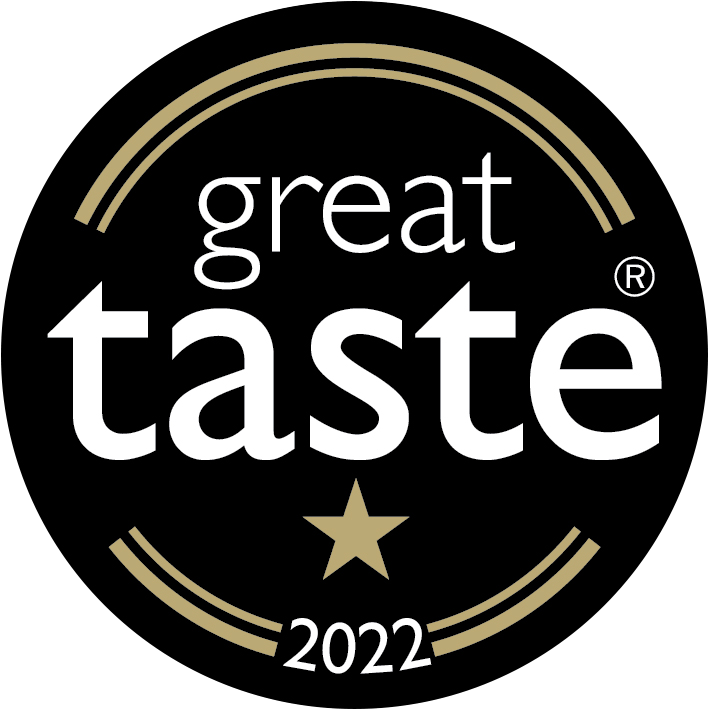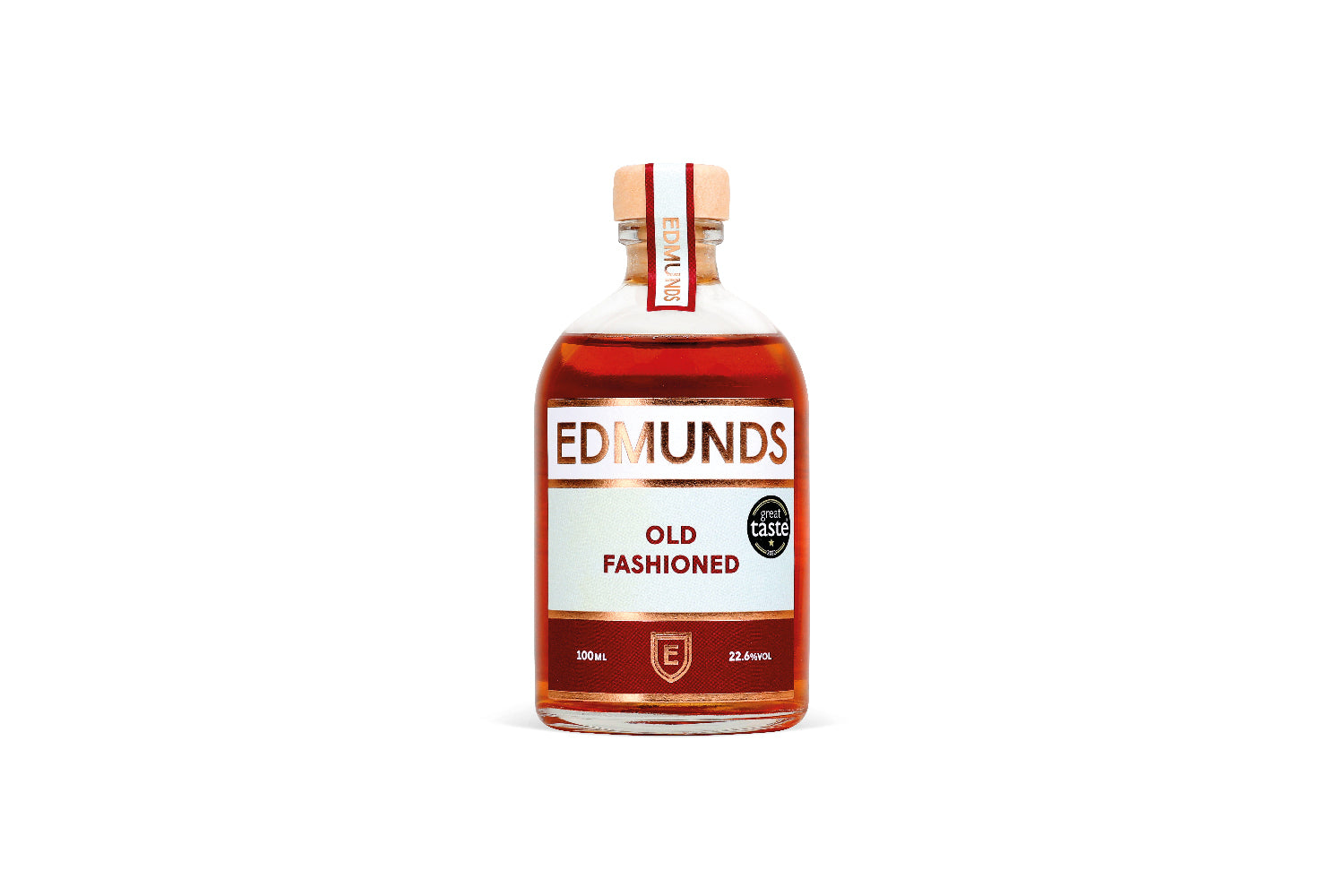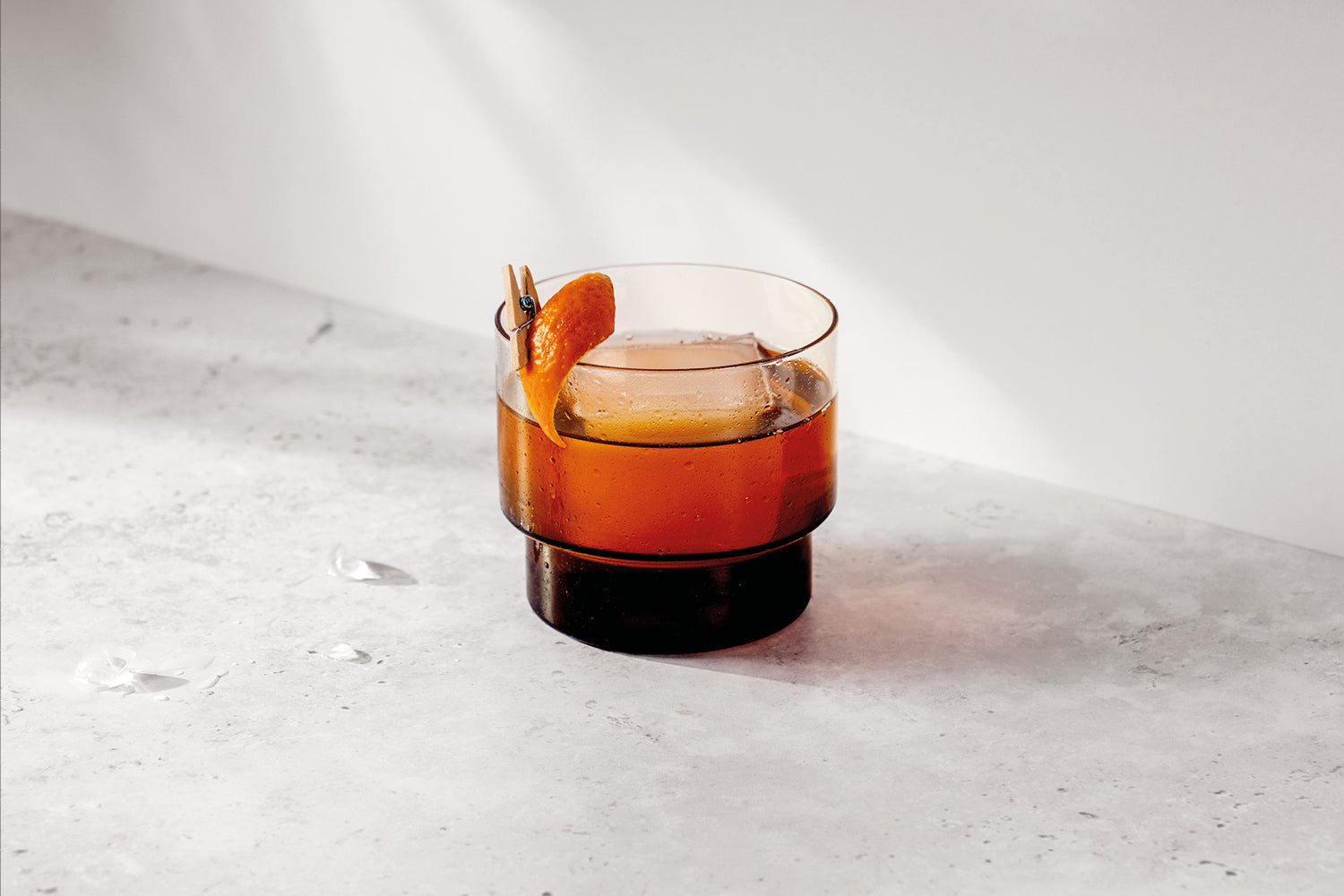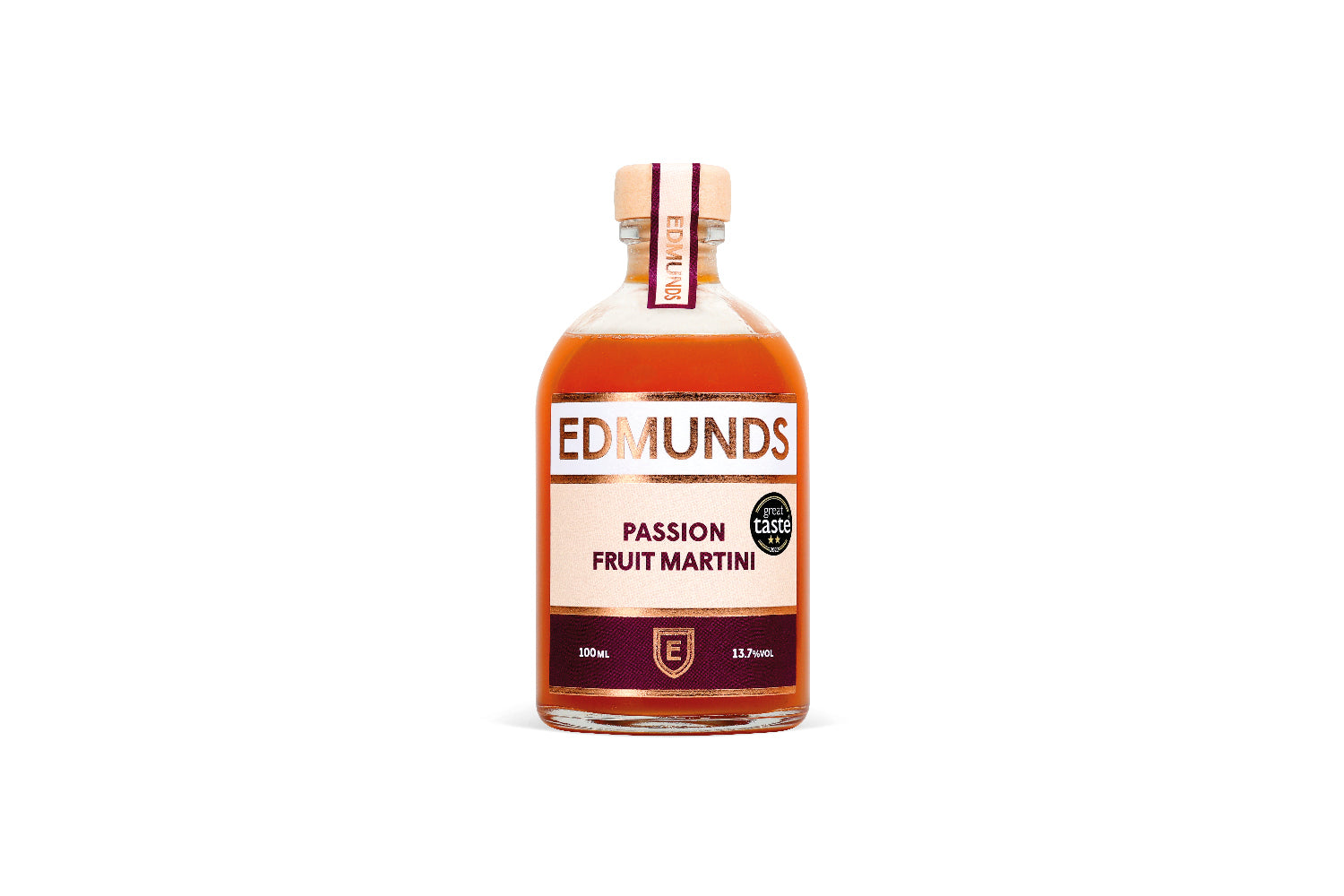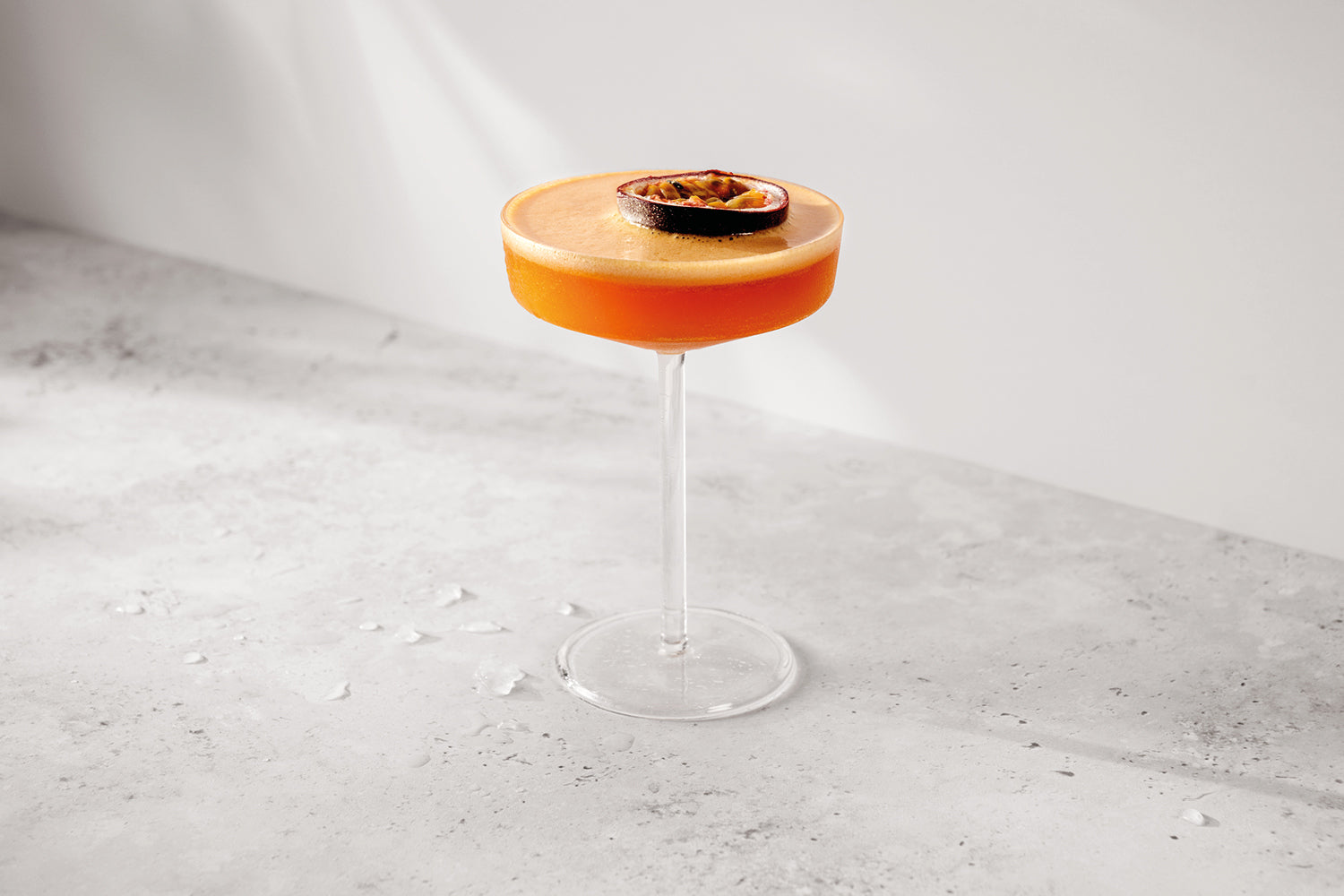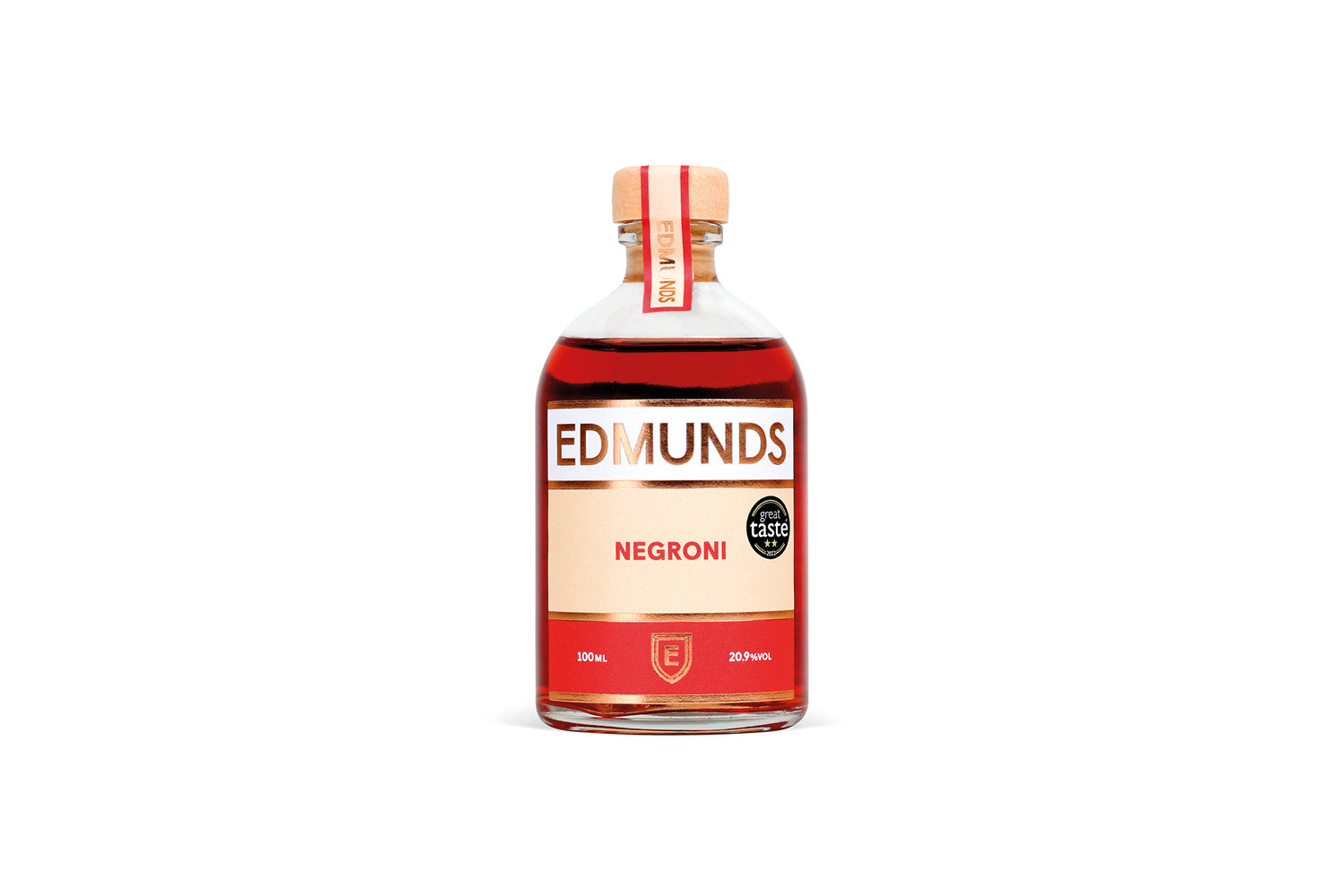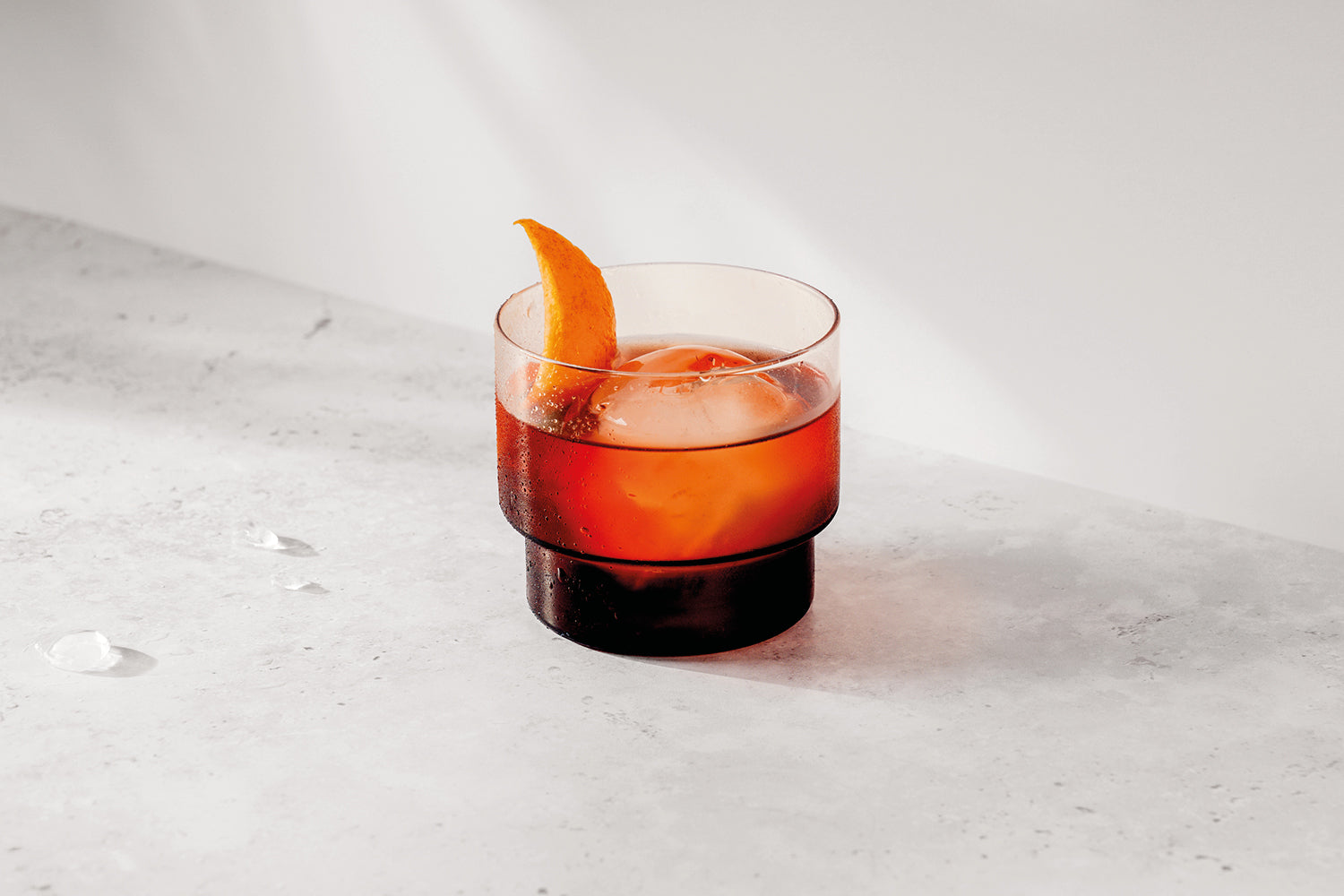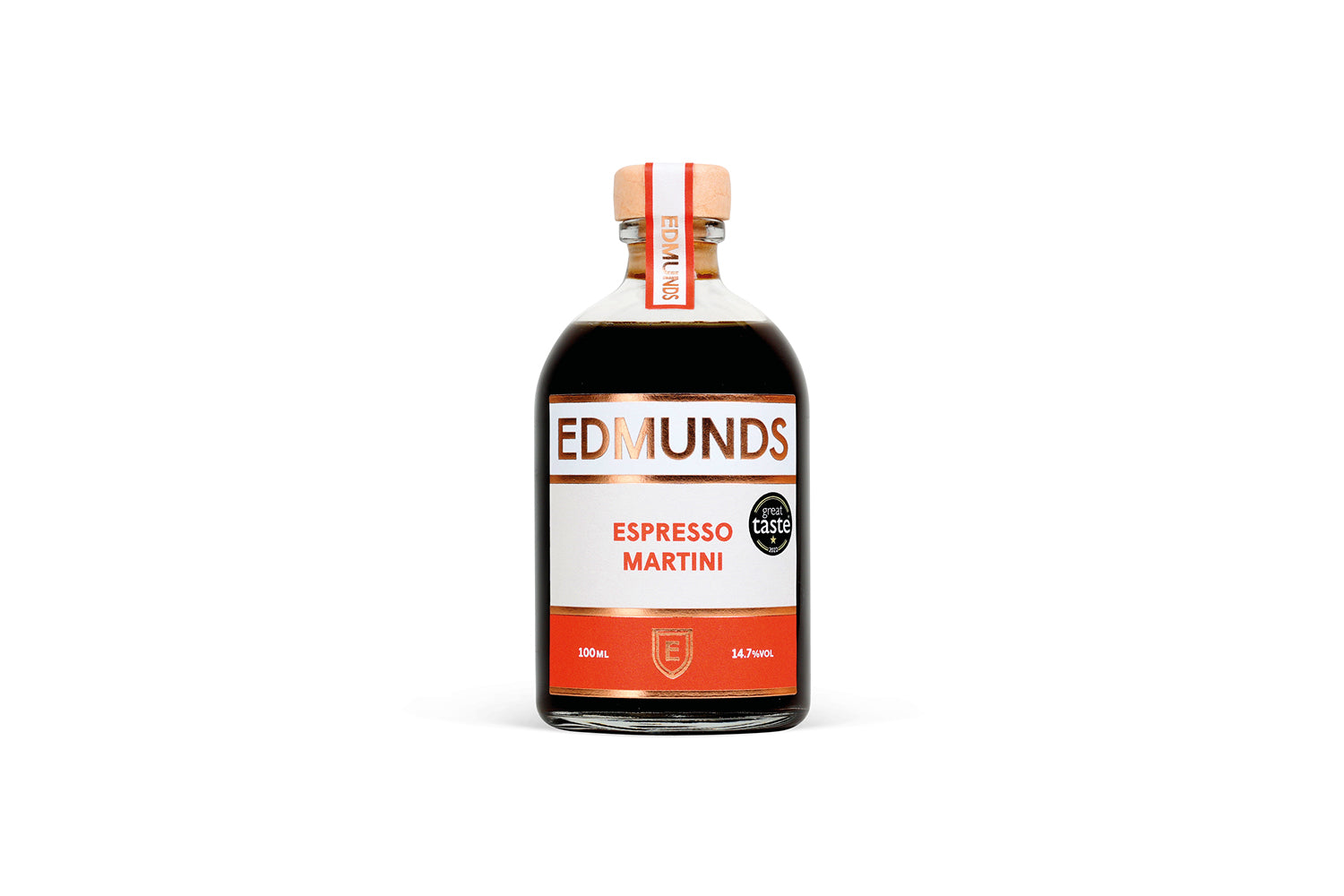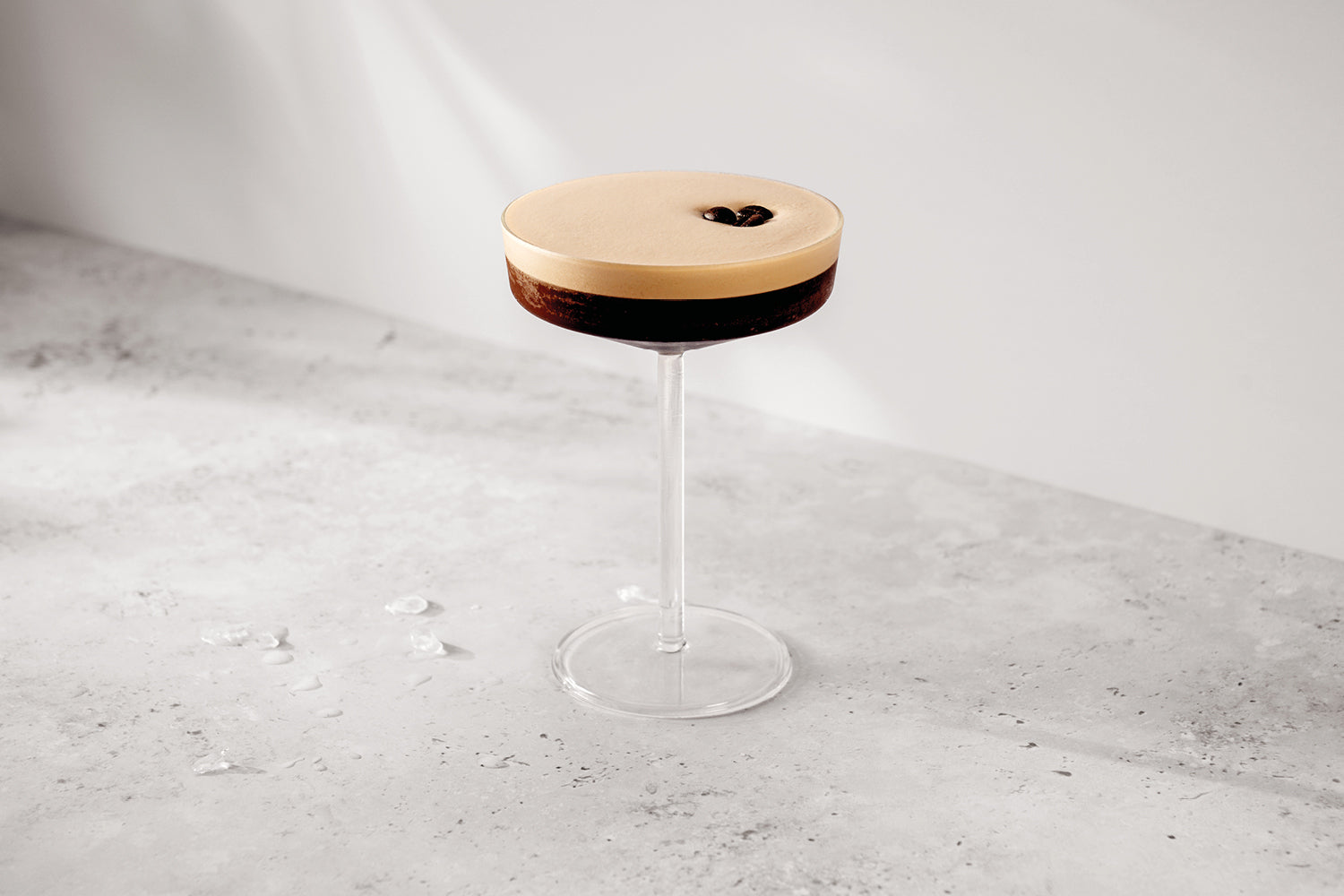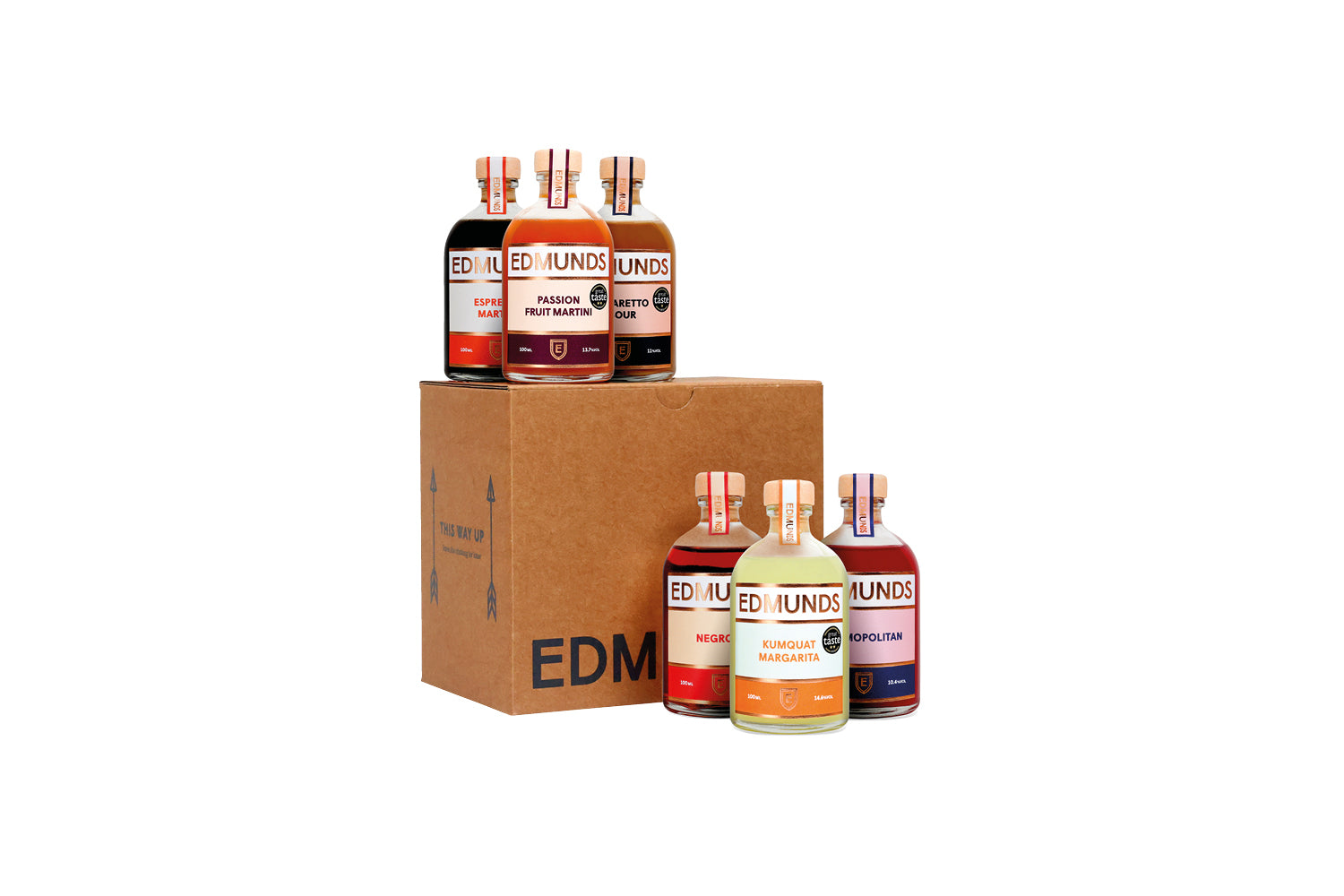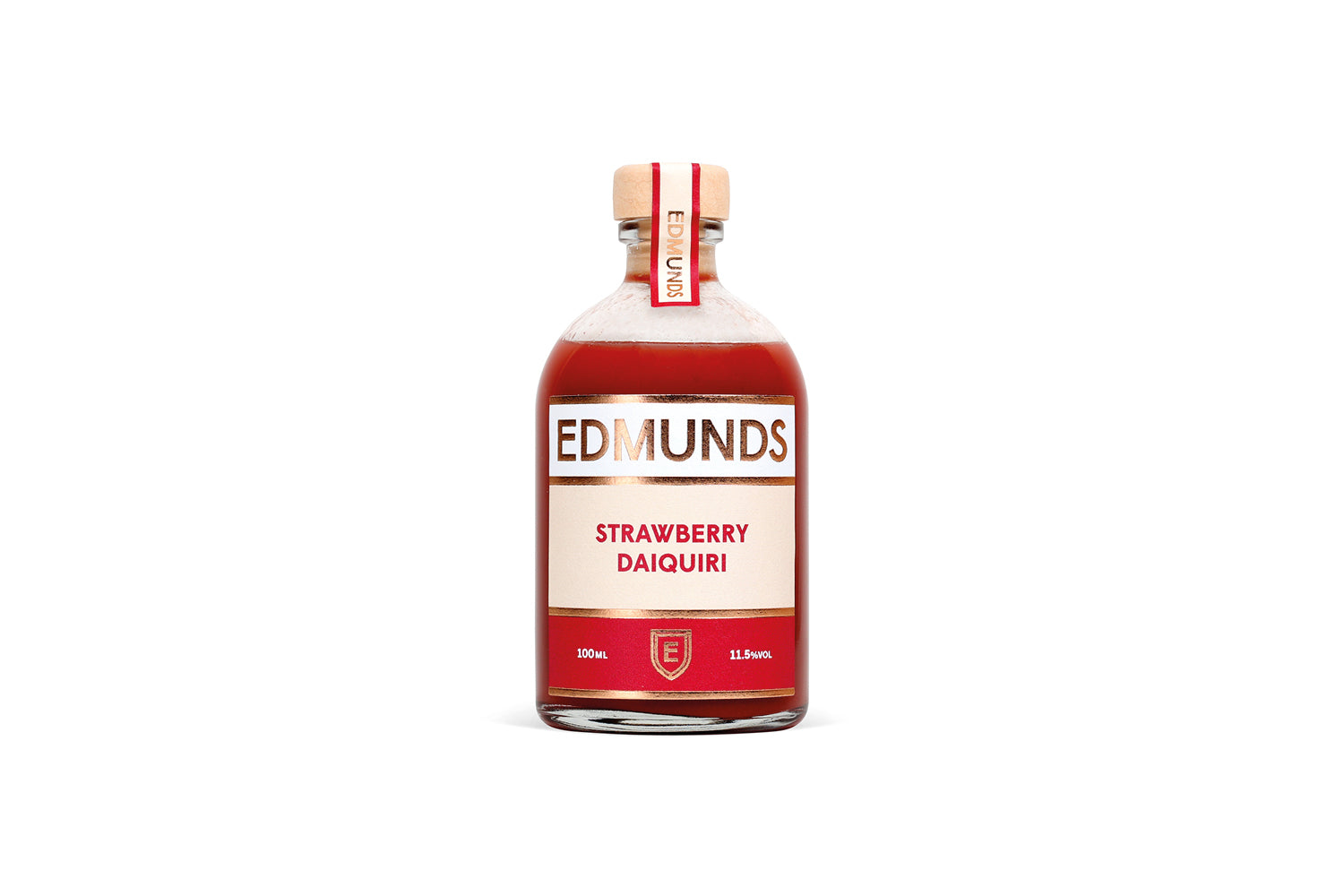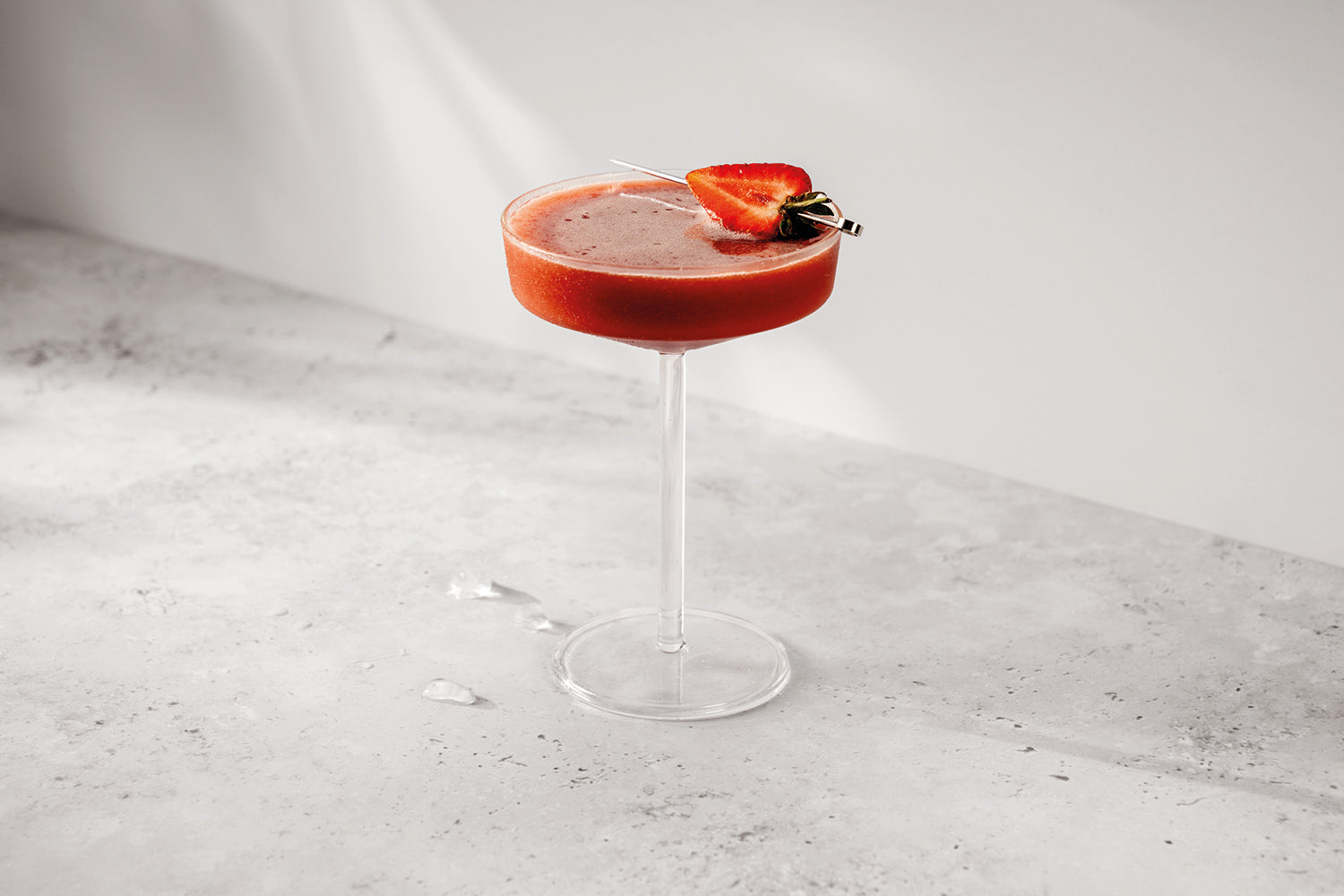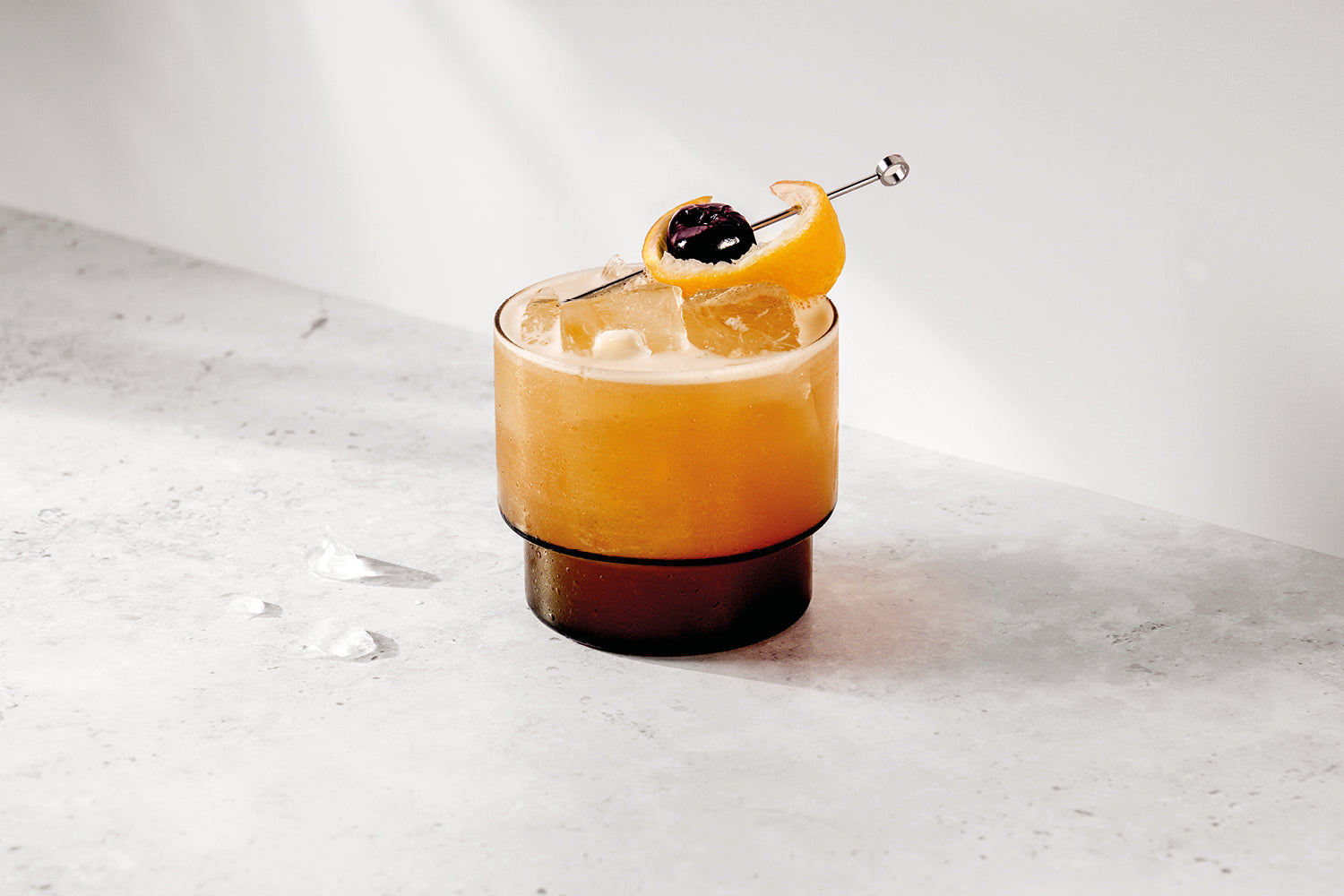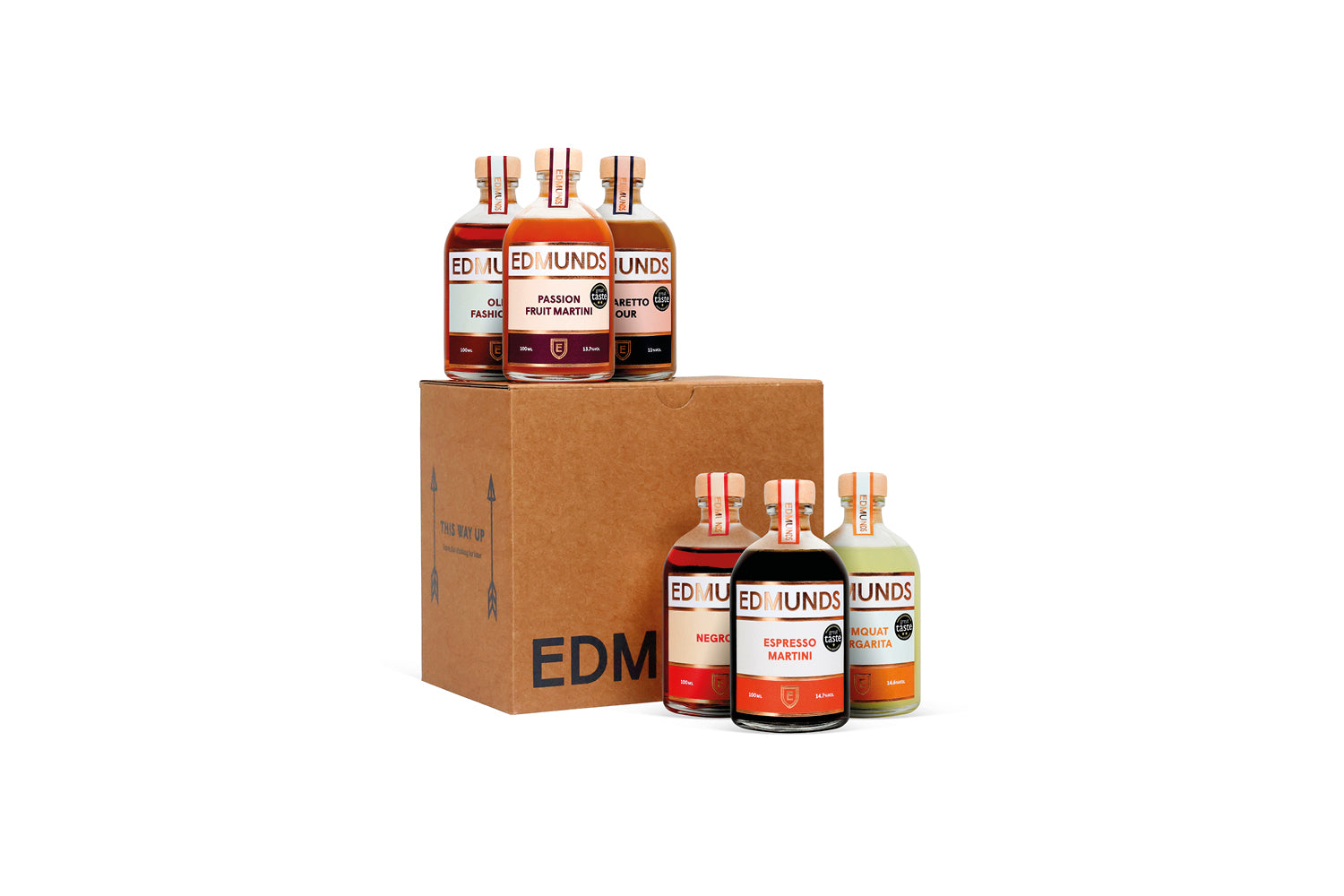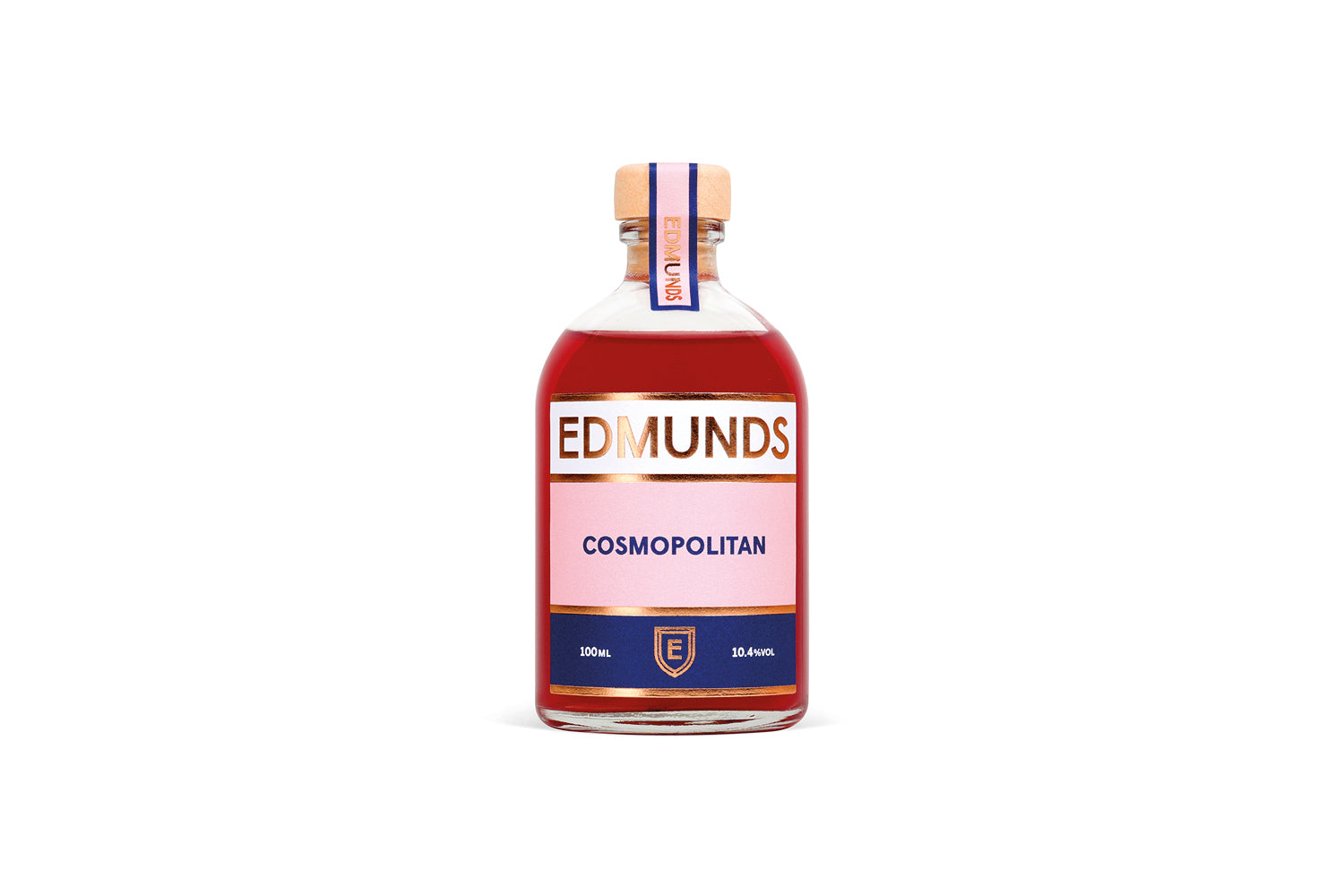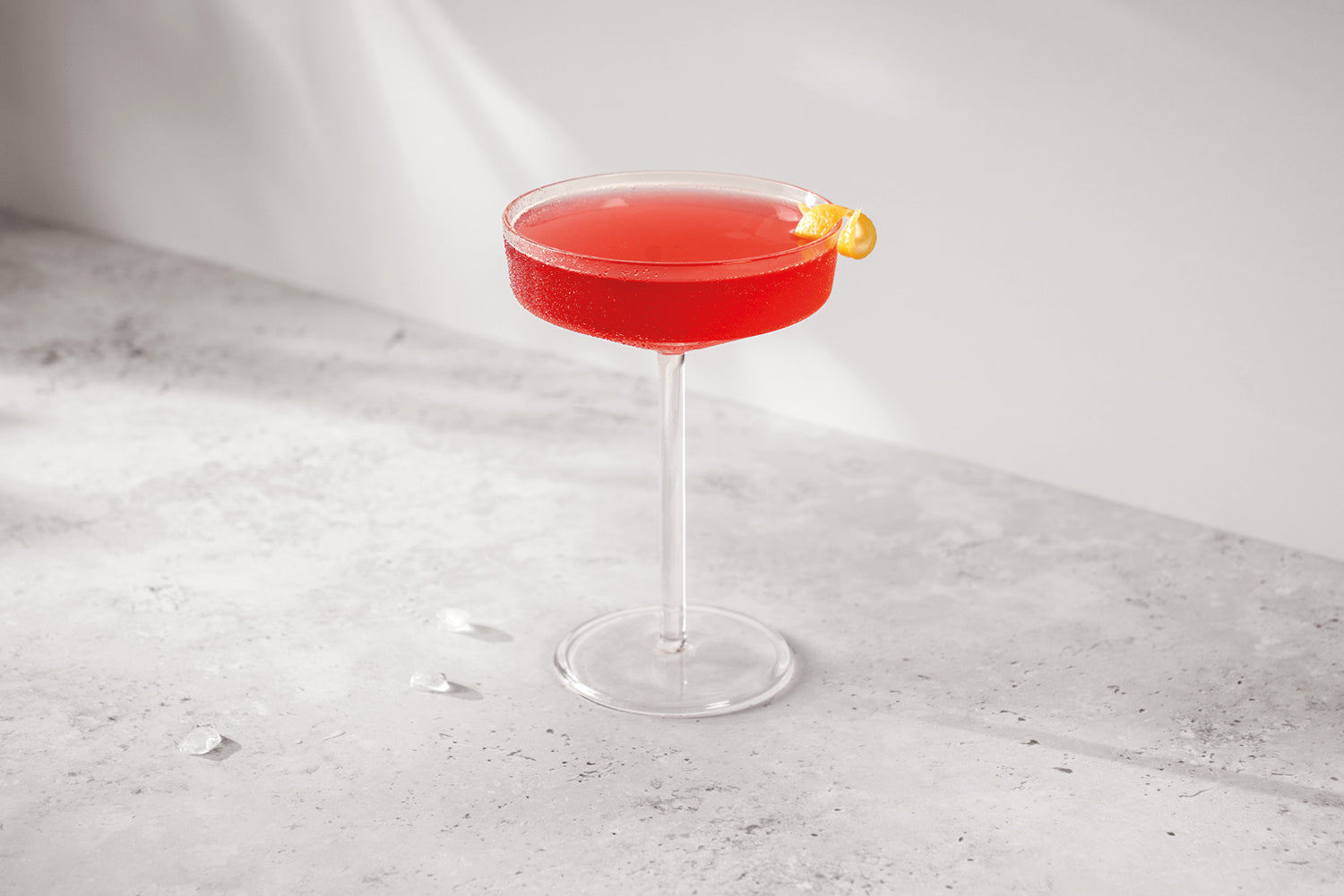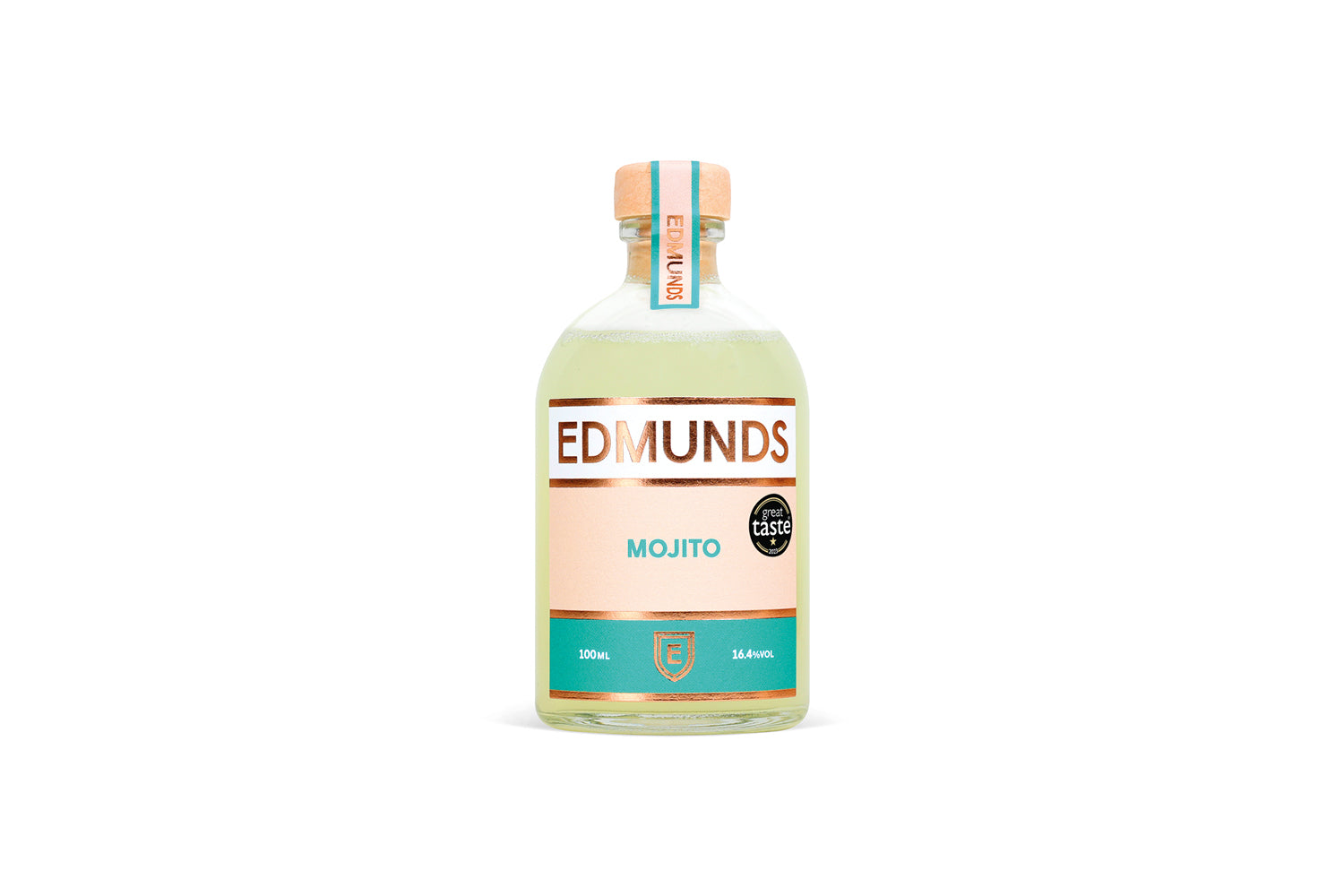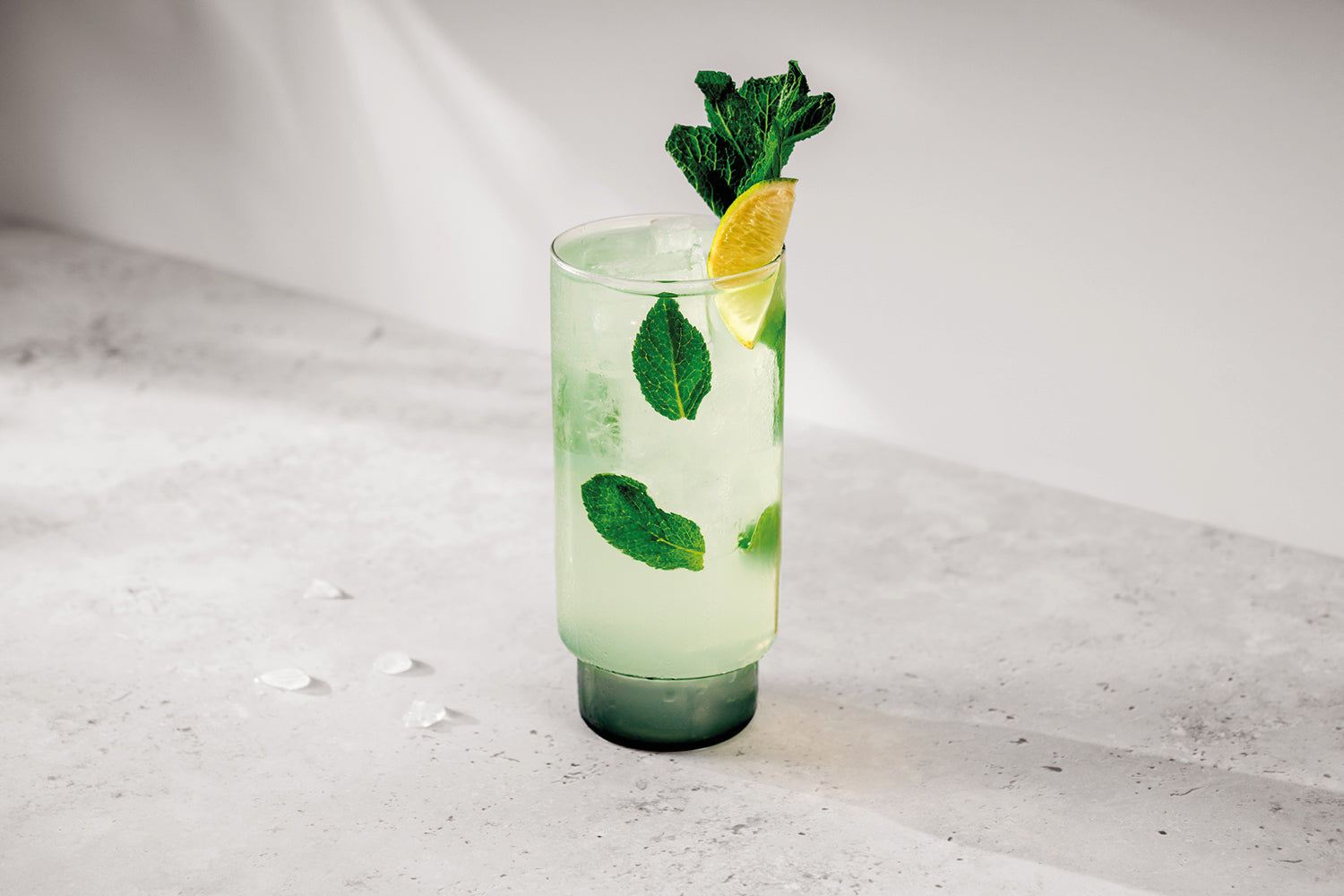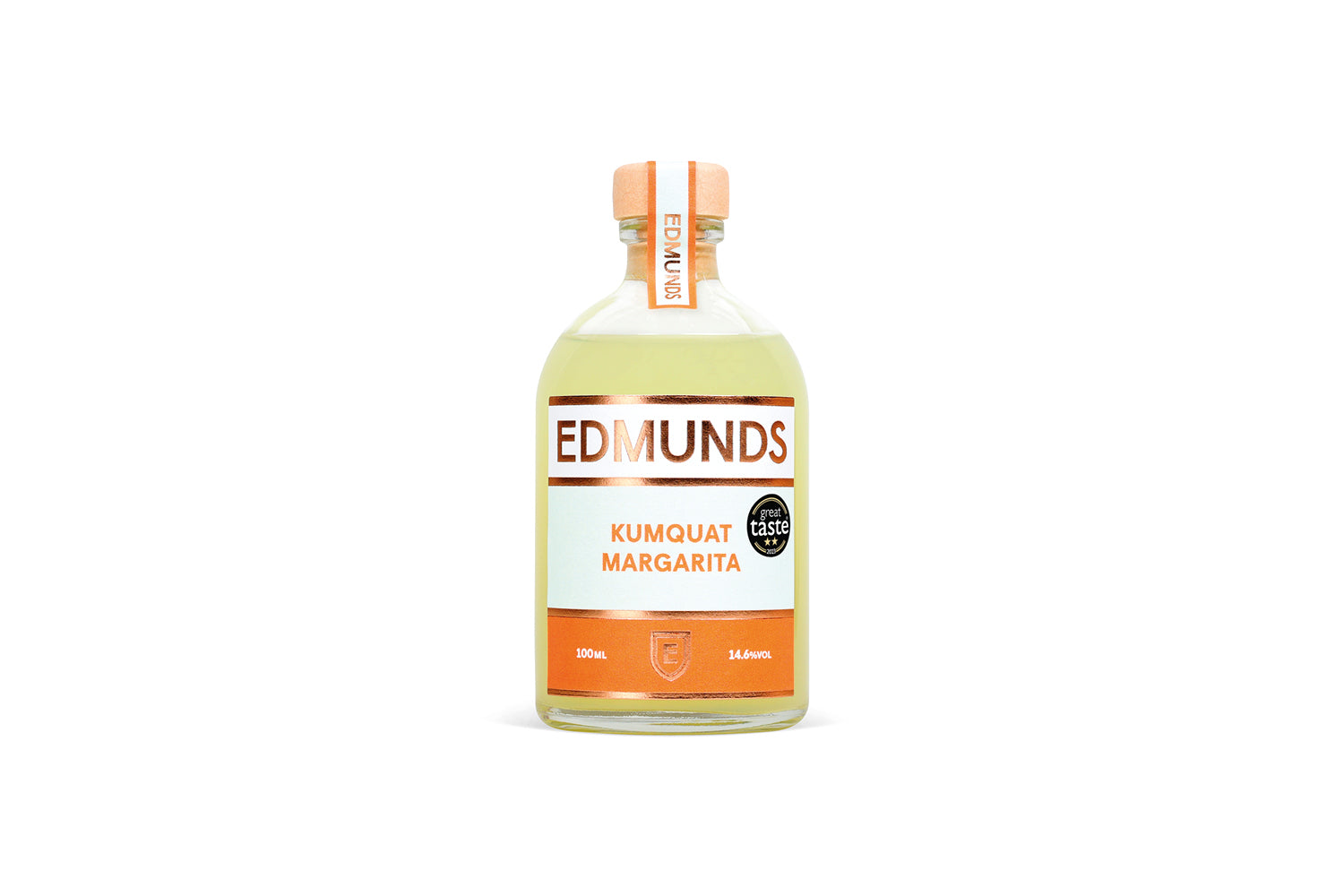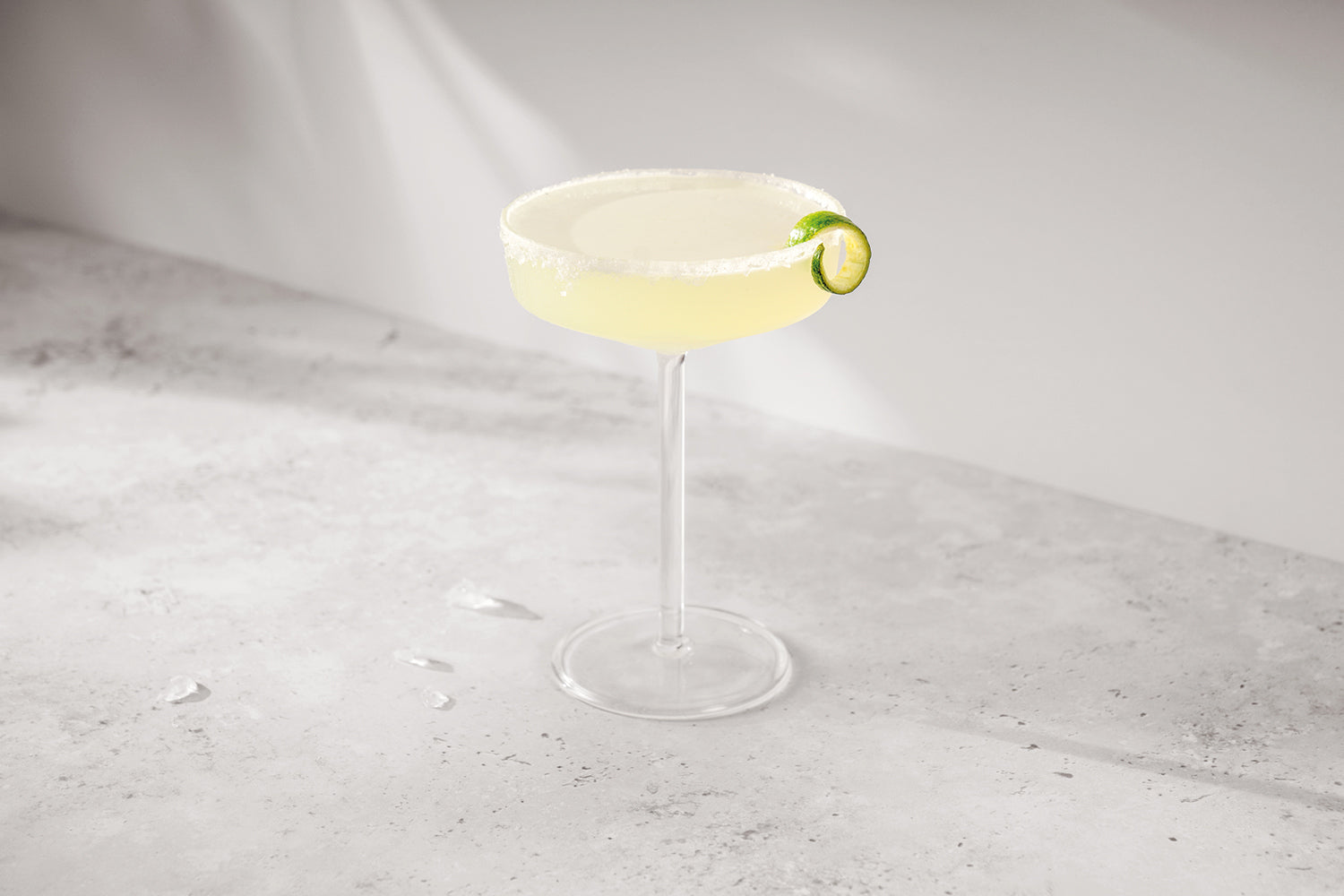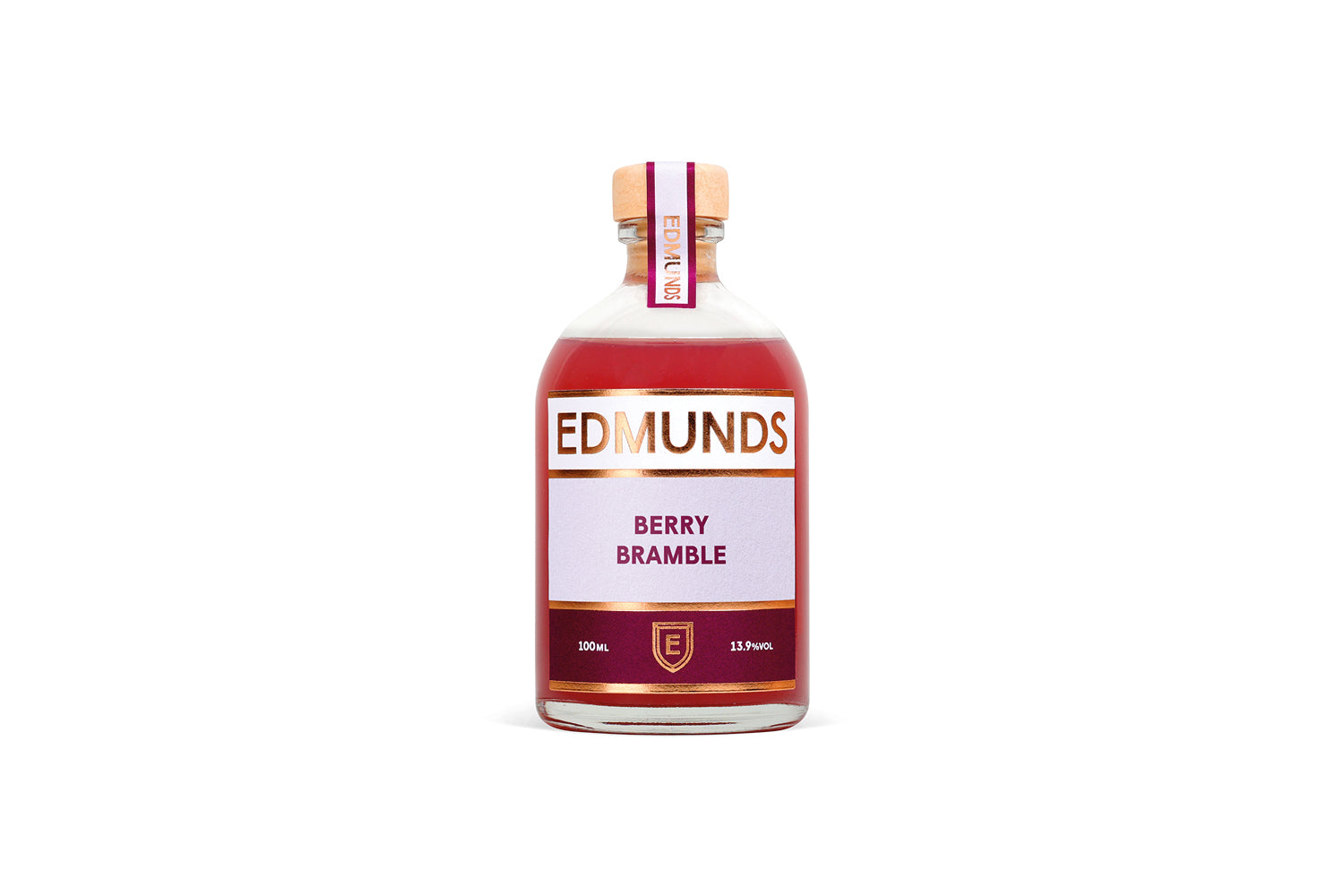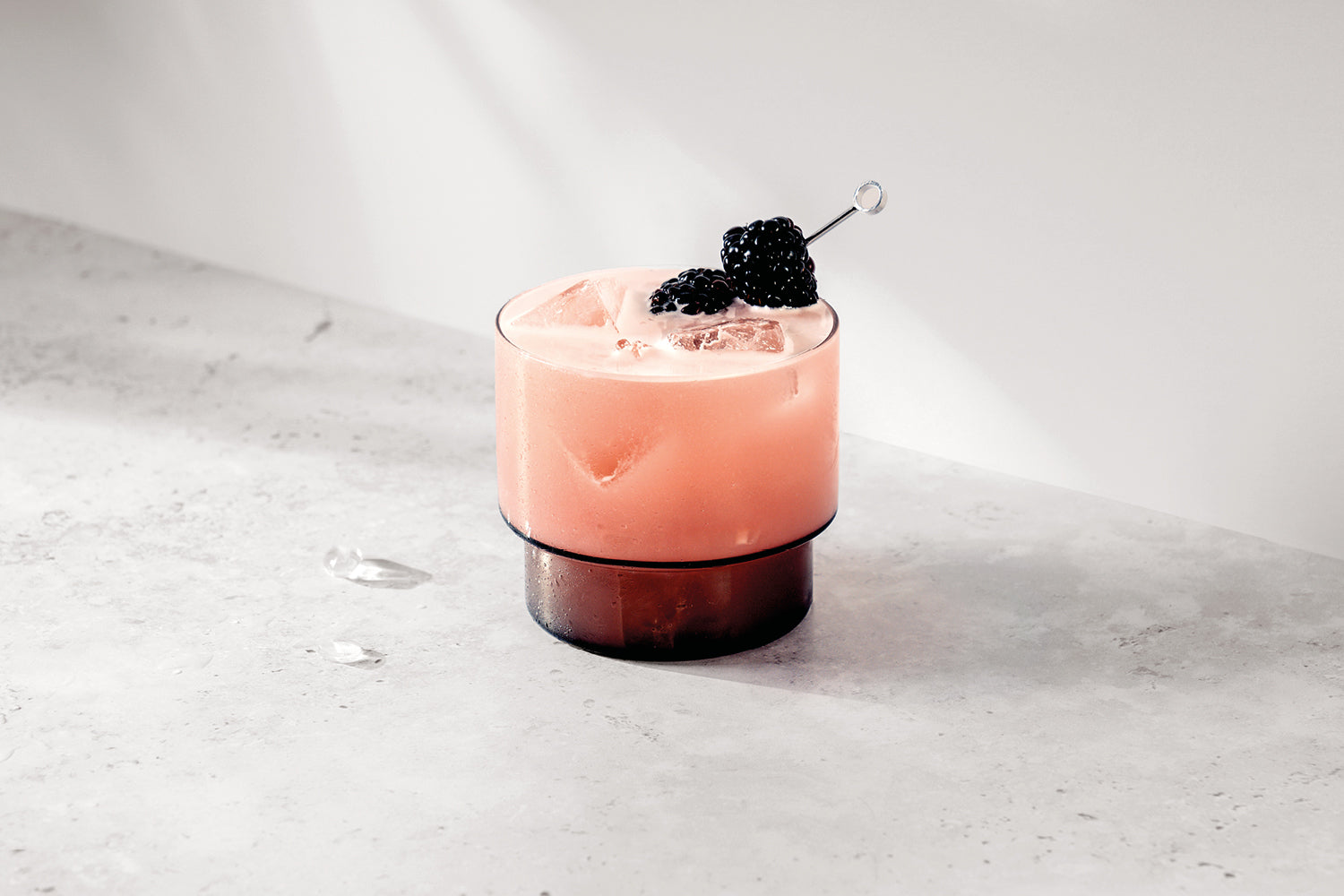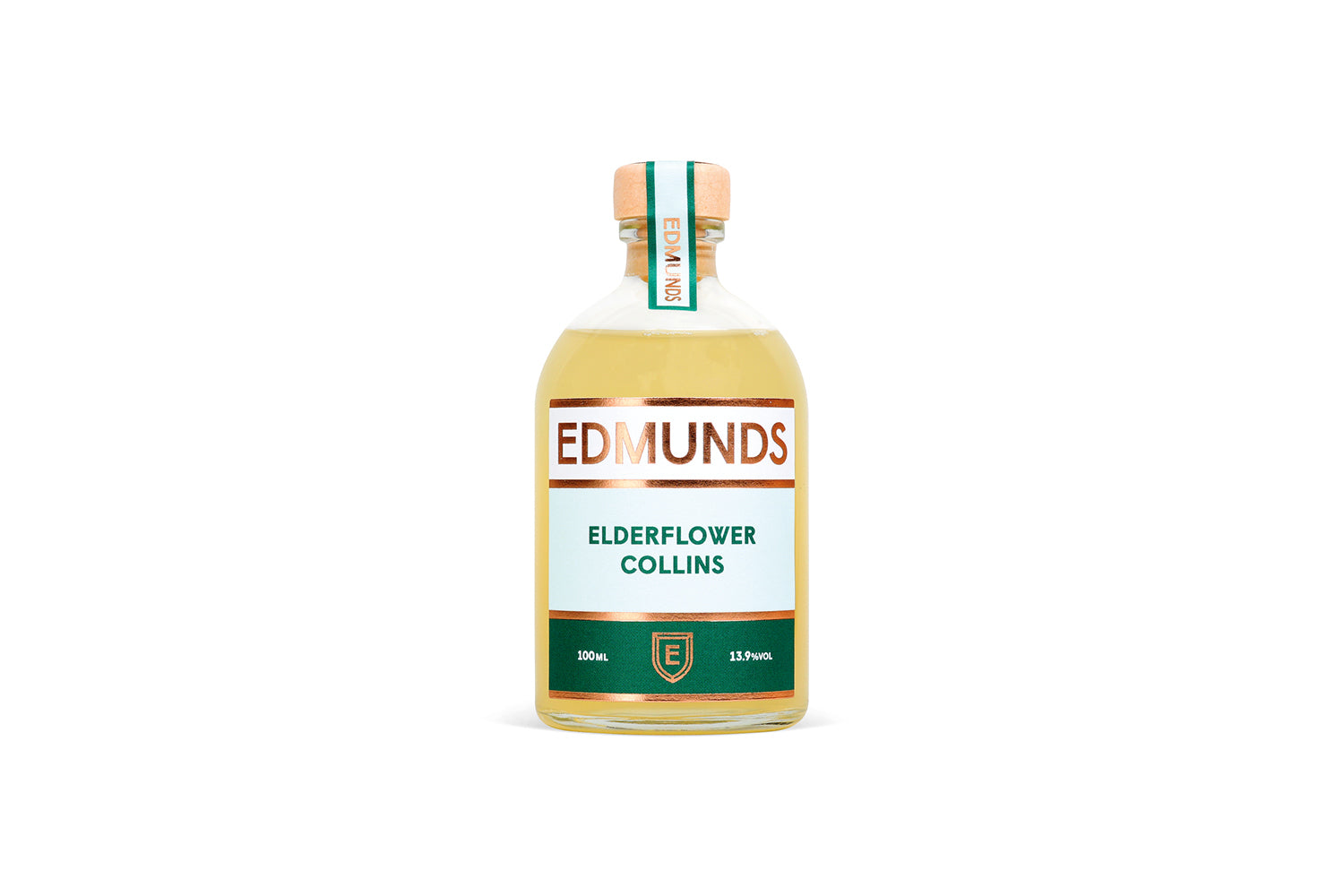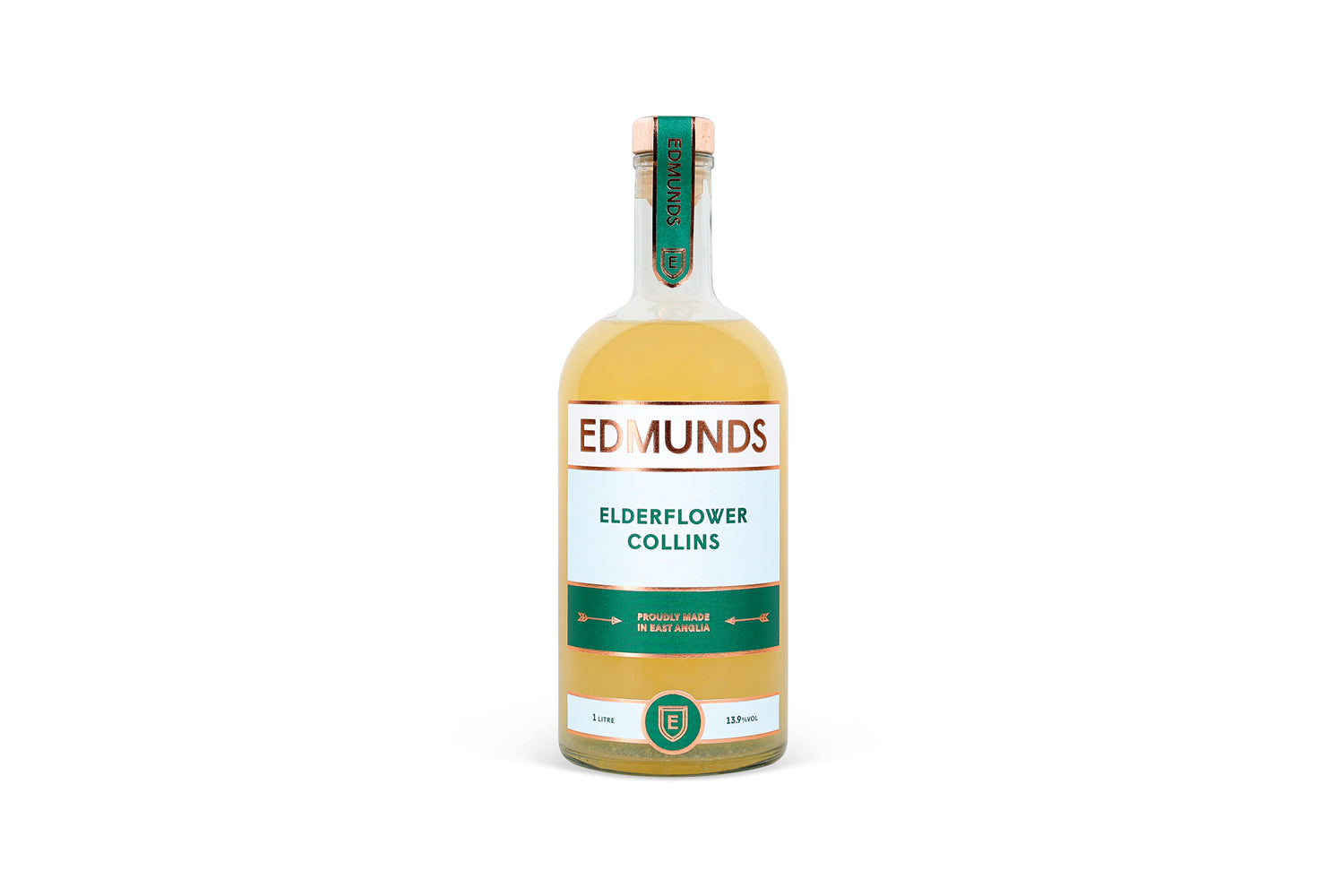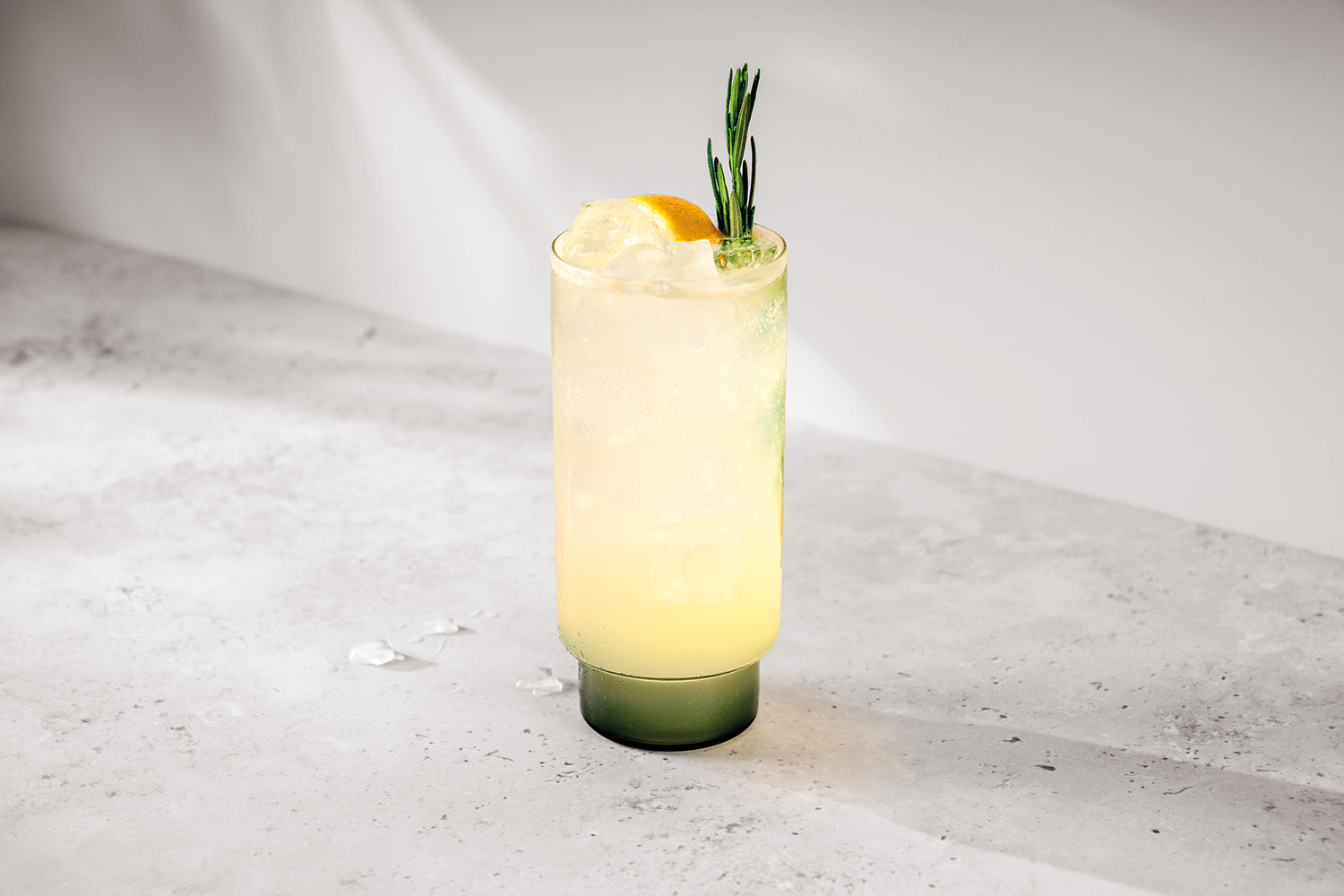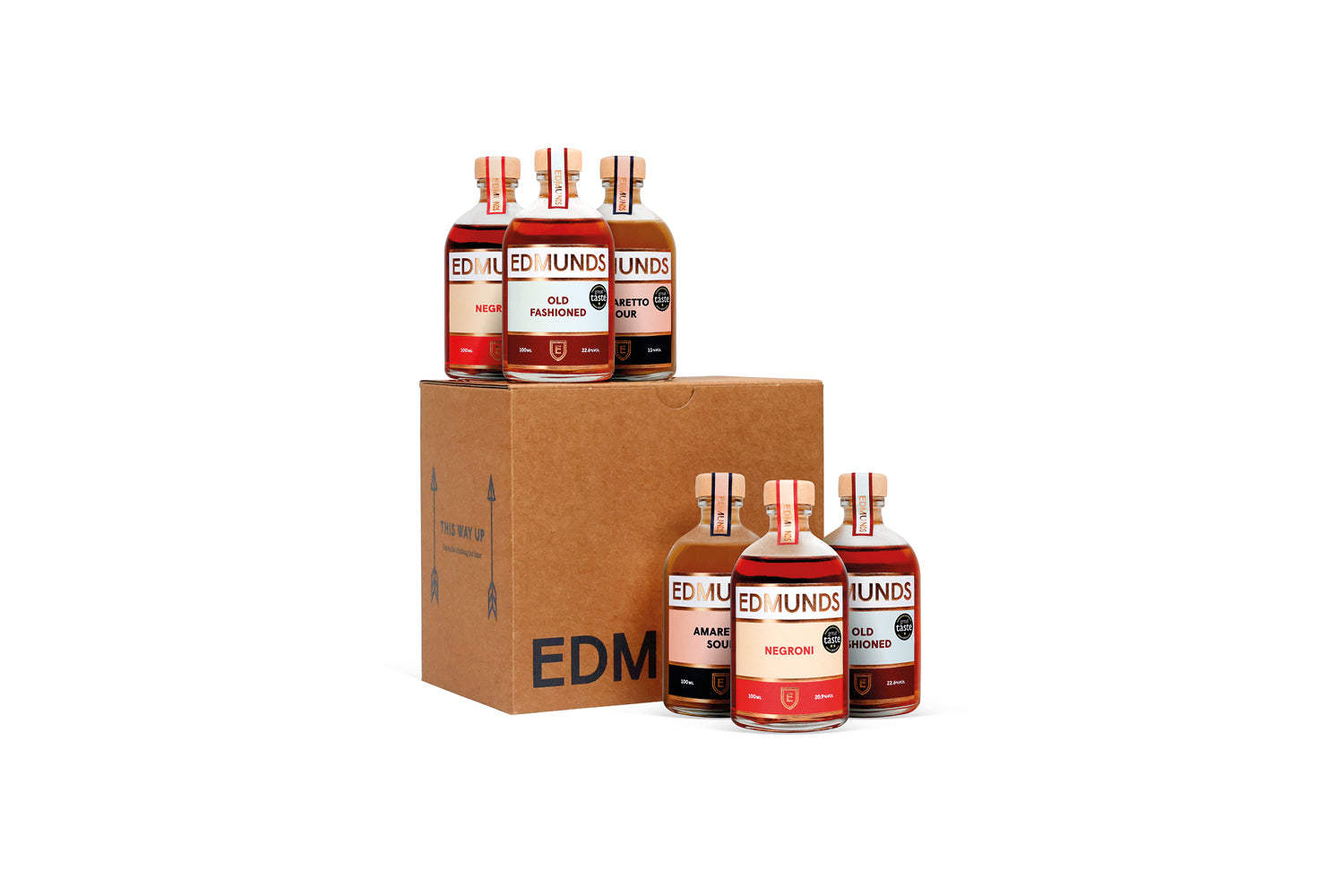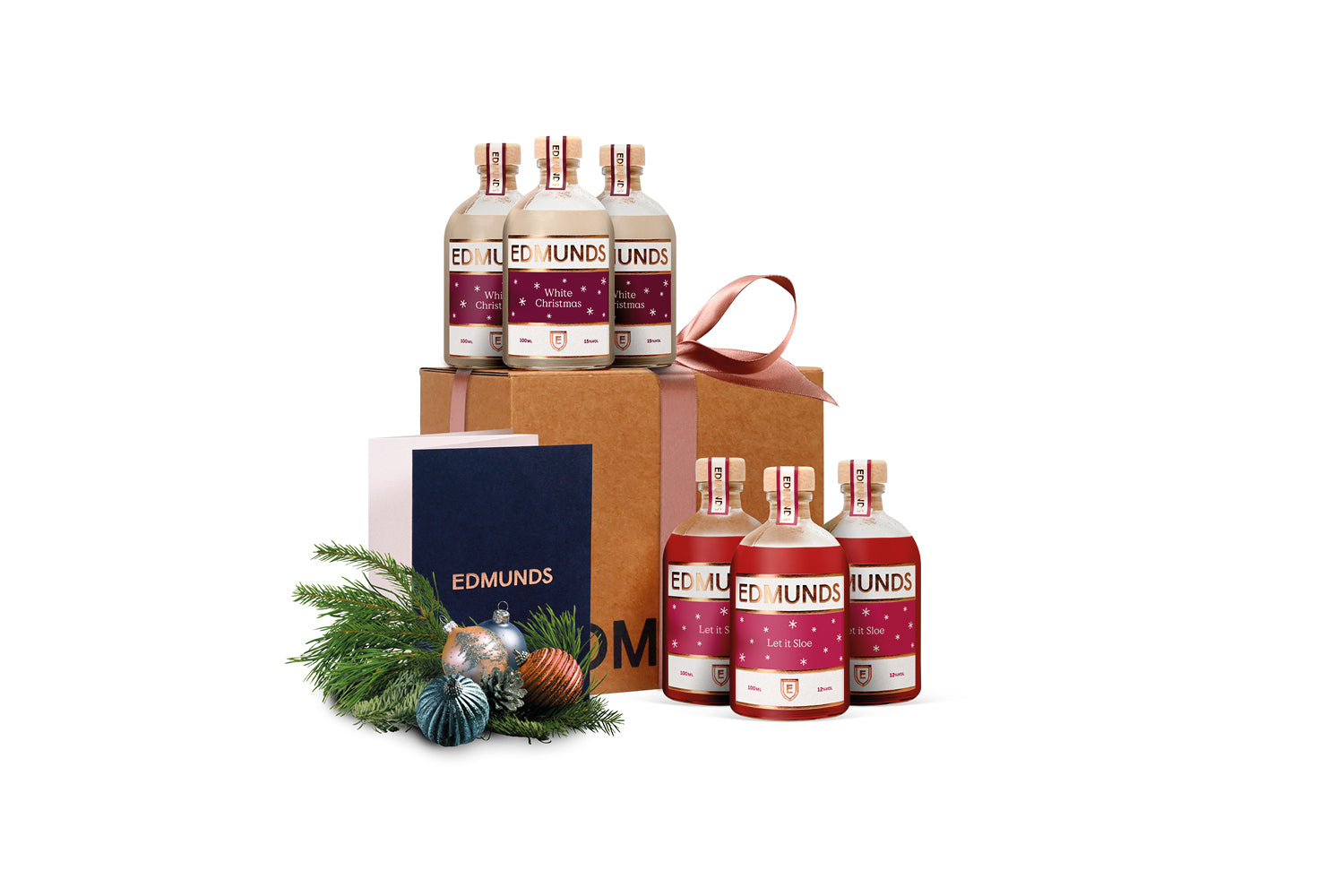When Barbra Streisand offered Robert de Niro an Italian Spritz as an alternative to his usual Tom Collins in the noughties film comedy Meet the Parents, she unwittingly sparked a revival in a cocktail that had long occupied a very-definitely-out-of-fashion slot at the foot of the bar menu.
Lighten up
The concept of the ‘Spritz’ originated from turn-of-the-twentieth-century Venice. The name, adapted from ‘spritzen’, the German word for splash or spray, was first coined to describe the alcohol-lite half-wine-half-soda-water combo favoured by soldiers during the time when Venice was still part of the Austrian Empire.
Not that mixing wine with water is a twentieth-century invention. Not only were the ancient Greeks diluting their wine a couple of millennia ago, they were also adding herbs, botanicals and honey to create proto-aromatised wines. The availability of soda water in bars in the 1910s – coupled with the rise in bitter-accented low-ABV liqueurs like Aperol – made it possible to create a fizzy and highly quaffable aperitivo that became popular across Europe.
Over time, the so-called ‘Bitter Spritz’ comprising white wine, bitter liqueur and soda water in a 3:2:1 ratio garnished with a slice of orange became the aperitif of choice for many. In fact, by the end of the century, the Spritz was firmly embedded in Italian aperitivo culture, especially in the Veneto region, where it was a fairly low-brow option served in rocks glasses. Although Aperol is the more familiar bitter liqueur today, Select – a vivid red/orange Campari-style Italian liqueur – is still the more popular choice in northern Italy, where it’s an essential component of a Venetian Spritz.
Fashion forward
Fast forward to the 1970s and the advent of mass-produced sparkling wines like Prosecco (an affordable tank-based, rather than bottle-fermented process) made fizz-based Spritzes more commonplace. The addition of a bunch of ice to the formula in the 1990s turned the Spritz into a long cool drink, rather than the shorter serve it had been.
Although Aperol had been around since 1919, it didn’t gain its international profile till the nineties/noughties, around about the same time it was acquired by the Campari Group and introduced to America. Lots of marketing aimed at younger people and emphasising the appeal of the Aperol Spritz as a light, cool summertime drink favoured by travellers and sophisticates soon made it ubiquitous.
Part of the campaign’s success lay in swapping the Spritz’s traditional tumbler for a more glamorous balloon wine glass that moved it out of the realms of the café bar and into the pricier cocktail ecosystem. This subtle positional shift, coupled with a marketing strategy that included featuring a simple ‘3-2-1’ Spritz recipe on the label propelled sales into the stratosphere.
At the same time, Italian bars in New York began promoting ‘aperitivo hour’, offering fun, low-ABV pre-dinner drinks like the Spritz – a theme that was continued in posh beachside towns from the Hamptons in the east to Palm Springs on the west coast of the USA. More recently, Aperol has had further boosts from its manufacturer’s partnership with the Coachella music festival and through ‘appearances’ on influential film and TV franchises like White Lotus.
Ringing the changes
It's not all about Aperol, though; there are plenty of variations on the classic 3-2-1 theme, including the super-summery elderflower-infused Hugo Spritz and the Cucumber Spritz, where cucumber tonic is substituted for soda water.
If you’d like to experiment at home, the simplest way to change up the flavour profile is to play around with the liqueur component. Campari (the essential ingredient in any good Negroni) sits at the bitter end of the botanical scale, together with outlier Cynar (made from artichokes), which can make for a more refreshing Spritz. The wine-based aperitif Cappalletti is less bitter and a bit more citrussy, as is Select. Aperol is sweeter still. All benefit from being sipped alfresco as you contemplate the sun setting in rich hues that evoke the spirit of the Spritz itself. Cin cin!
